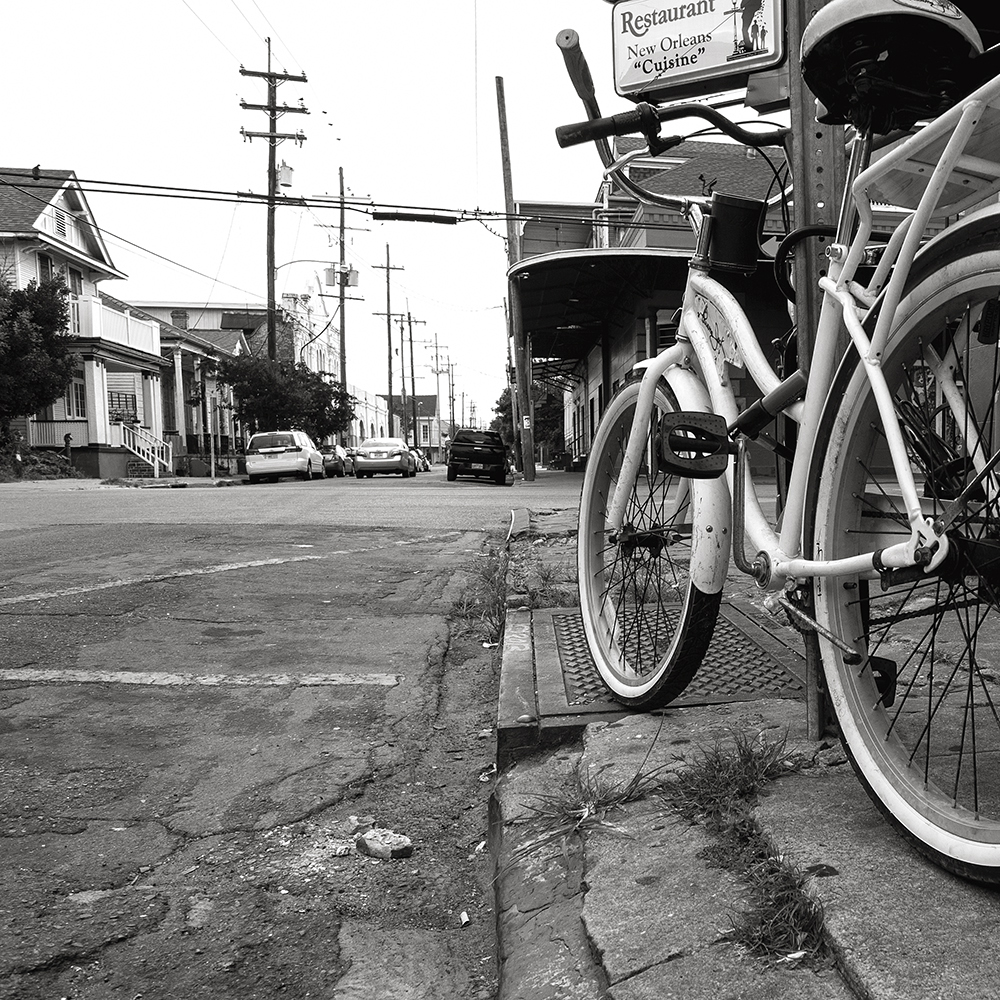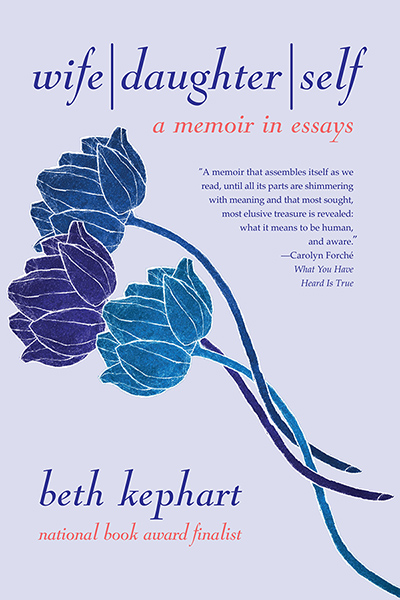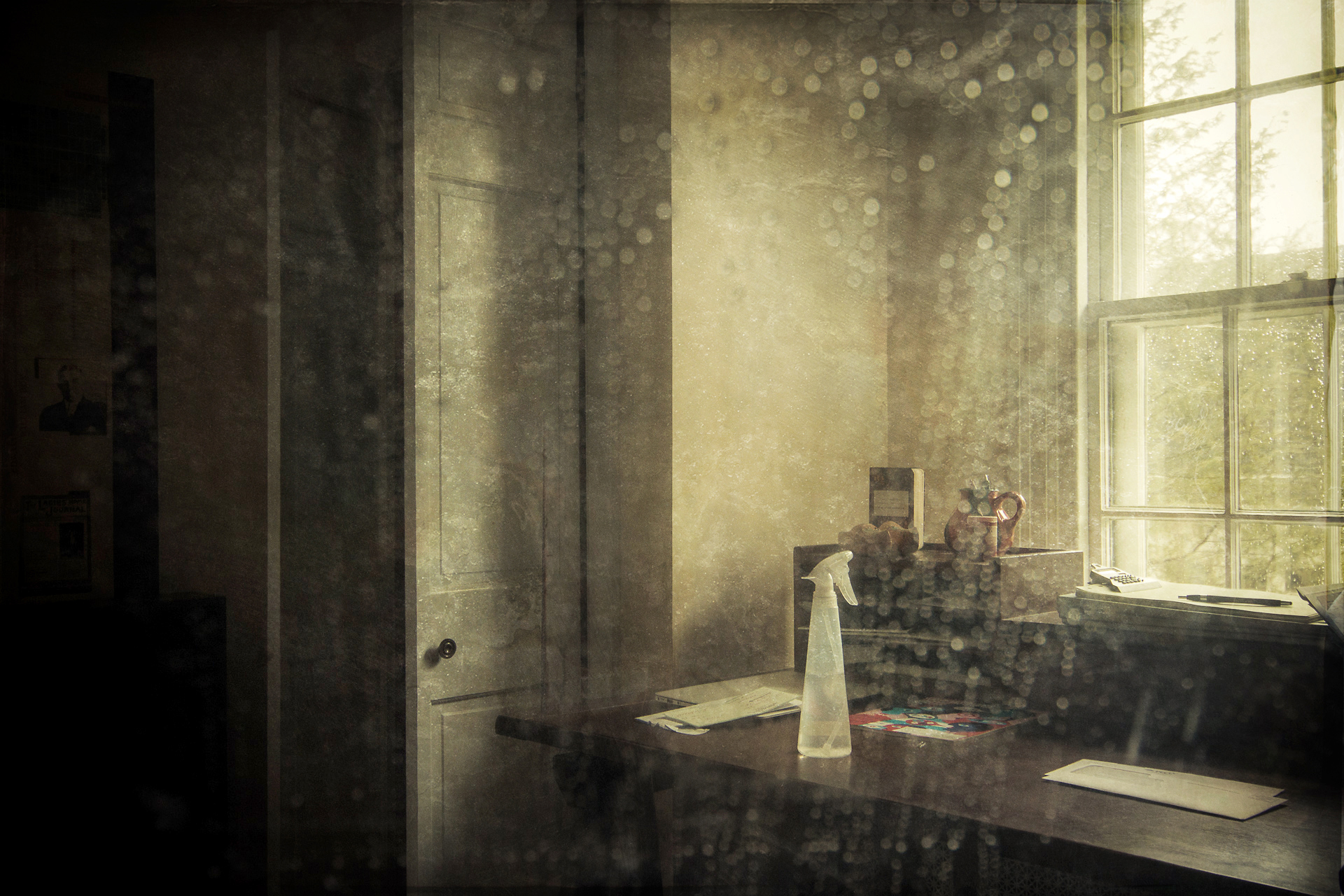
words: Beth Kephart
images: Beth Kephart
Jillian Sullivan and Map for the Heart
I’ve been listening to Jillian Sullivan this morning, the New Zealand poet and essayist. More truthfully, I’ve been reading her—her new essay collection, Map for the Heart: Ida Valley Essays—but because we’re friends, because I carry the sound of her voice in my memory, I feel as if she is talking to me. Walking with me through her Ida Valley. Asking me if a river can sing. Waiting with me as the sun initiates a glow within her hand-built, straw-bale house.
From her valley we look up.
From her hills we look down.
There are natural things she’s still learning to name.
There is clay caked into the flesh of her hands.
There is a poet by her side, a man named Brian Turner, and sometimes she stops as he speaks, and we both listen.
The loveliest places of all
are those that look as if
there’s nothing there
to those still learning to look.
And then we’re walking again. Jillian:
Shadows form in my mudbrick writing studio. It’s 9:30pm, the sky darkening outside. There is mist among the tors on Rough Ridge and a bright banner of red in the southwest sky. I walk into the long meadow grass where small moths cloud at every footstep as if they are accompanying me. Beyond the willows frogs croak.
Until:
I follow the dark pathways through the broom past kowhai shining in my torchlight: hidden and secret and alive.
As she names the particles of her world, as she becomes, to borrow a word from the book, increasingly elemental, Jillian also becomes more quietly knowing—able to look back over a life of many relationships, children, and grandchildren with deeper gratitude for the complexities, the hard years, the freedom and shame of single motherhood. She is able, too, to summon a gentleness of forgiveness, words like these, as she stands beside a man she once loved:
This could be a happy ending: to stand in the truth of your life and see the other person in the truth of theirs, and recognise that. Be happy for that. Sometimes we don’t manage this together. Sometimes we have to do this on our own. Sometimes we have to stand beside the rocks of a wall that has fallen into grass, that is merging back into earth, and know that this is how it is. And the wind clean and sharp over your cheeks, and the sound of the freshet of water, the smallest, clearest spring, on its way past your feet to become river.
I’ve been writing and talking lately about how a desire to learn more names of more things—more colors, more plants, more birds—does, ultimately, yield not just a greater understanding of the world beyond, but a greater understanding of ourselves, and a greater understanding of how to write ourselves.
Jillian’s essays are like an echo in a valley. Yes, she says. Precisely that. And then she shows us how.

JUNCTURE NEWS
IMPORTANT NEWS ABOUT JUNCTURE WORKSHOPS
Last month we announced that we were going to re-run our original Juncture Workshop series to accommodate those who missed some of the sessions the first time. We made that decision when there was no real foreseeable end to the pandemic, when vaccine supply and distribution remained disconcertingly low.
But there is hope out there, the vaccination timeline is shortening, and so many of us just simply cannot wait to get away from Zoom and back into the rooms of real life. In honor of this natural impulse, we have made the decision to cancel the second iteration of that Juncture Workshop Series and to produce, instead, a brand-new, illustrated craft book, We Are the Words: The Master Memoir Class, that incorporates much of the thinking, exercises, and question cascades we generated for the series in a section called “The Stuff of Craft,” as well as three additional sections entitled “The Self-Aware Writer,” “Ideas on Form,” and “The Writing Life.” We expect to release this book in late August 2021, with the hope that it will be carried out into the sunshine and air, talked about with friends, and introduced into communities of writers.
The Juncture Read Write Series, which contains all new material and provides opportunities for writers to share work that will be prompted during the sessions, will go on as promised. More about that below:
Nine separate sessions focusing on nine separate elements of craft, each uplifted by an essay or excerpt easily found online. Over the course of these 75-minute presentations, Beth will take a deep look at the central essay, discuss the tools of craft and wisdom the writer brought to the pages, and enter into a conversation with the participants about their own experience with the work. For each session, Beth will offer a single “five-minutes, five-sentences” prompt and then listen as a handful of writers share their newest sentences. Among the topics: On writing childhood with Terrence des Pres, On Writing the World with Elisabeth Tova Bailey, and On Writing Joy with Brian Doyle. More information HERE
The second series of group critique sessions, which are now nearly sold out, will also go forward.
IN OTHER NEWS
Wife | Daughter | Self: a memoir in essays is due out on March 3, 2021. A number of events, interviews, and supporting essays are being planned to celebrate the book, with details offered below.
Wife | Daughter | Self Preorders:
March 3, 2021, 7:30 PM ESt: Free Library of Philadelphia Launch of Wife | Daughter | Self. Beth Kephart in conversation with actress/exquisite writer/exemplary reader Jacinda Barrett. Information/registration here.
March 14, 2021, 3 PM EST: Six Books, One Essay, and One Poem that Shaped My Thinking About Memoir, a Juncture Workshop featuring a conversation with my editor, Laura Stanfill, of Forest Avenue Press. This workshop will be offered for $1.00 with proof-of-purchase of Wife | Daughter | Self. You can purchase it here. (Our intention was to make this a free workshop but PayPal will not accept a zero dollar amount during checkout).
March 20, 2021: A Wife | Daughter | Self conversation with Christi Craig of Hidden Timber Books. Please register here.
May 5, 2021: Main Line Night School presentation on memoir writing and Wife | Daughter | Self. Register here.
Beth recently published three new essays:
Character Development: Putting the Other on the Page, Causeway Literature, January 27, 2021.
The Art of the Telling Detail (as told in gelli prints), Cagibi, January 26, 2021.
“On the One Side. On the Other,” Nurture Literary, January 25, 2021.
CRAFT: try this on for size
Identify those categories of knowledge in which your authority runs thin. Write a scene featuring something that you cannot name, or about something that could never be named. What happens to your language here? Is there beauty in your not knowing? Does the not knowing impair the scene?
If not-knowing impairs, what do you plan to do about it?

words: Beth Kephart
images: William Sulit
ART: what I’ve been reading lately
Memoir as Poetry
Among the memoir-adjacent books I’ve lately been reading are these:
Things We Didn’t Talk About When I Was a Girl, Jeannie Vanasco’s interrogation of a sexual assault perpetrated by a friend—and her interrogation of her own interrogation. I adore Vanasco. I wondered if this book might have been tighter and more impactful had it appeared as a long essay, rather than a 357-page book.
The Undocumented Americans, Karla Cornejo Villavicencio’s searing, memoir-infused portrait of the lives of those upon whom so much of us depend and yet too very often do not see or fully imagine. Raw, angry, unsettling, deeply reported.
Things That Are: Essays, Amy Leach’s book of wonders about beavers and donkeys, tree dreams and peas, written with sometimes disconcerting fairytale overtones, such as: “’I am a Trappist like the trees,’” the lily thought to herself as she let the breeze move her but said no words to it.”
Island Home: A Landscape Memoir, Tim Winton’s classic love letter to his land and its language, sent my way by a dear friend. A man exulting in place and particularity: “ I found if you gazed hard enough at a handful of sand the individual grains became enormous; you could see cavernous spaces between them.”
The Unreality of Memory and Other Essays, Elisa Gabbert’s terrifying collection pivoting around doom and despair, her place within the world, ours. “Often, when something bad happens, I have a strange instinctual desire for things to get even worse—I think of a terrible outcome and then wish for it. I recognize the pattern, but I don’t understand it.”
The Best of Brevity: Twenty Groundbreaking Years of Flash Nonfiction, edited by Zoe Bossiere and Dinty W. Moore, and truly fantastic both in the range of its pieces and in the highly teachable cataloging of the pieces themselves.
The Best American Essays 2020, edited by Andre Aciman, where, among the stand-out pieces, in my mind, is the essay “77 Sunset Me,” by Peter Schjeldahl, an essay about living and, now, dying: “Today the little bit of death in me has sat up in bed and is pulling on its socks.”
But the book I’m going to spend a bit more time on here is Arisa White’s Who’s Your Daddy, “a poetic memoir,” as the poet who sent it my way said. That, indeed, is what this is, a cohering collection of autobiographical, mostly narrative poems by the daughter of an absent father.
White grows up with a “feel for the father, for a feeling of father,” but with the rarest of interactions with the man who fathered her. She grows up missing parts of herself, with questions that overwhelm the other relationships she seeks to forge. Ultimately, White travels with her lover to Guyana to meet the elusive, mythological Gerald, and once she is confronted with the man—his asks, his rude ways, his brand of love—she must decide what she can forgive, and if forgiving can heal her.
“I’m representing Gerald in this way,” White writes. “Sitting and talking to him is like putting my money down, betting I can find the queen of hearts. The whole time, the queen won’t be revealed, not from his sleeve, not in front of my eyes—absent is the most valued royal. Absent are the favors in my odds.”
White’s language twists. Her metaphors do. Her assessments of herself and of her father. Her assessment, even, of her writing project. “Who’s your daddy?” she asks at one point, answering herself: “A portrait of absence and presence. A story, a tale, told in a patchwork fashion. A composite of estranged fathers. A knot of deadbeats, wannabes, has-beens, what-ifs, can’t shows, and so broken.”
Having presented her memoir as a collection of narrative, continuous poems, White gives herself room to contradict herself, to question herself, to declare and undeclare. Some of the pages make for hard reading. Much of the story will break your heart. But the form itself is invincible, it seems. Memoir as one long poem.
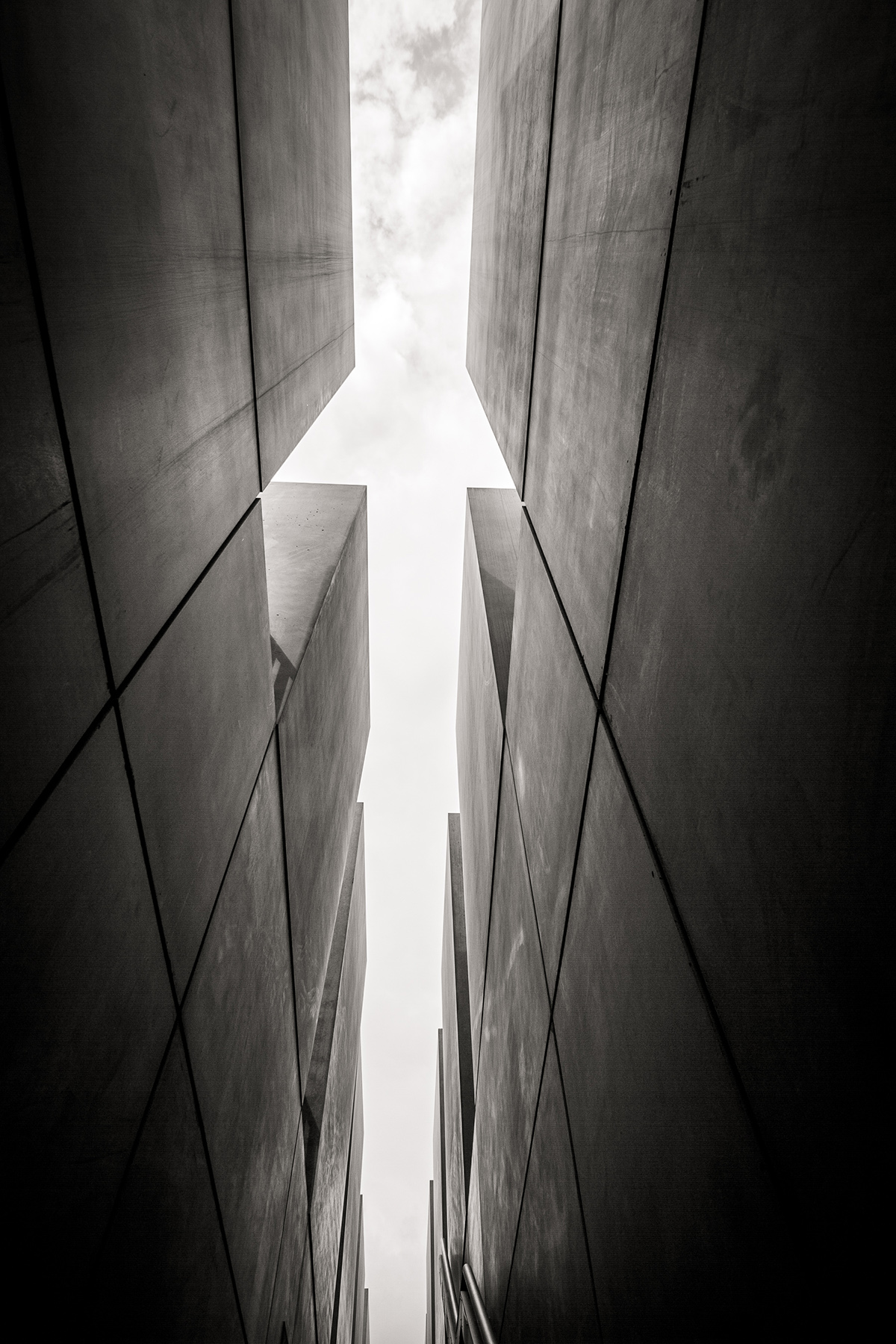
JUNCTURE NEWS
“From the serenity of a kayaking-on-the-lake moment to fragmenting struggles with self-criticism, Kephart deftly and succinctly captures entire expanses of human experience.” — Booklist, Starred Review
“Kephart’s wife/daughter/self: a memoir in essays passes the whole of a life through the prism of intimate relations and the result is revelatory: a memoir that assembles itself as we read, until all its parts are shimmering with meaning and that most sought, most elusive treasure is revealed: what it means to be human, and aware.” Carolyn Forché, What You Have Heard is True
“She believes in acute, clear-eyed attention to the small moments. Her stories are bare, stripped down, whittled to their very essence, like one of her husband’s dark, pragmatic vessels. To her father, she says, ‘I am here. Are you there?’ In each line of prose she poses the question to us and we answer, yes, we are. We are here.”—Jacinda Barrett, actress and writer
Wife | Daughter | Self: a memoir in essays is due out on March 3, 2021. A number of events, interviews, and supporting essays are being planned to celebrate the book, with details offered below.
Wife | Daughter | Self Preorders:
March 3, 2021, 7:30 PM ESt: Free Library of Philadelphia Launch of Wife | Daughter | Self. Beth Kephart in conversation with actress/exquisite writer/exemplary reader Jacinda Barrett. Information/registration here.
March 14, 2021, 3 PM EST: Six Books, One Essay, and One Poem that Shaped My Thinking About Memoir, a Juncture Workshop featuring a conversation with my editor, Laura Stanfill, of Forest Avenue Press. This workshop will be offered for $1.00 with proof-of-purchase of Wife | Daughter | Self. You can purchase it here. (Our intention was to make this a free workshop but PayPal will not accept a zero dollar amount during checkout).
March 20, 2021: A Wife | Daughter | Self conversation with Christi Craig of Hidden Timber Books. Please register here.
May 5, 2021: Main Line Night School presentation on memoir writing and Wife | Daughter | Self. Register here.
JUNCTURE ANNOUNCEMENTS
The Juncture Read Write Series
Nine separate sessions focusing on nine separate elements of craft, each uplifted by an essay(s) or excerpt(s). Over the course of these 75-minute presentations, Beth will take a deep look at the central essay, discuss the tools of craft and wisdom the writer brought to the pages, and enter into a conversation with the participants about their own experience with the work. For each session, Beth will offer a single “five-minutes, five-sentences” prompt and then listen as a handful of writers share their newest sentences. Among the topics: On writing childhood with Terrence des Pres, On Writing the World with Elisabeth Tova Bailey, and On Writing Joy with Brian Doyle and Ross Gay. Please visit OUR WORKSHOPS page for more information.
The Juncture Workshop Series (Second Session)
We’ll be offering nine of the original Juncture Workshop Series programs for those who may have missed us the first time around. Beth will be live and in person. Please visit OUR WORKSHOPS page for more information.
Group Manuscript Critique Sessions
We’ll be offering five new group manuscript critique sessions, each of which will be limited to just eight participants. Please visit OUR WORKSHOPS page for more information.
CRAFT: try this on for size
For your craft exercise in this issue of Juncture, I invite you to disassemble a page or two or ten of your memoir prose and to write those pages as a poem, or poems. Think of this as your own song of self. Allow your language to distill or shatter, glean or gleam. Break the conventions of your voice, break your lines.
Allow the poem to tell you more of your own story. To challenge your ideas of language.
Then bring the best of that work back into your prose—or write an entire memoir as a poem.
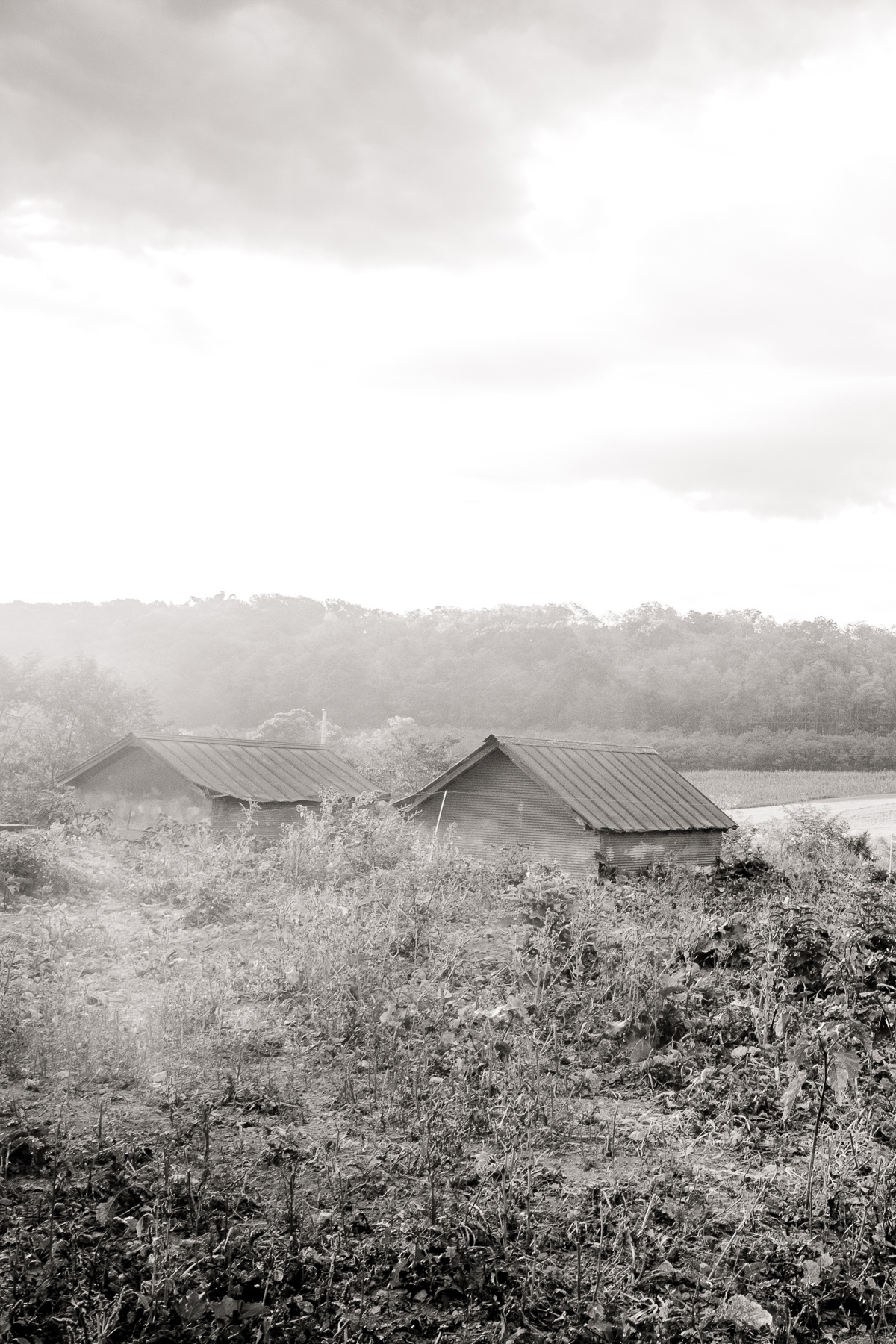
words: Beth Kephart
images: William Sulit
ART: we have questions
On balancing competing truths
Emma Copley Eisenberg’s first book, The Third Rainbow Girl, is a ravishing, label-defying work of nonfiction. Part murder mystery and part memoir, part anthropological study and part investigative reporting, the book tells the story of two young women who were murdered in June 1980 while hitchhiking to a peace festival. Just who killed the women and why is the terrible unknown. What became of a third girl seen traveling with the murdered two raises questions. Possibilities regarding potential suspects arise and multiply in the West Virginia community, Pocahontas, where the bodies were found.
Eisenberg, who spent much time in the area years after the crime was committed, learns about the murders while listening to another read his work during a local writing workshop. Increasingly, she can’t let the questions go. Interrogating the place and its people, she inevitably interrogates herself—revealing herself as a young woman born in New York and educated outside Philadelphia who makes music and love, near family and deep connections in a West Virginia community she will never quite completely claim as her own—and never fully leave behind.
The desire (and need) to be clear when we write, to bring the hammer of clarity down upon our sentences and theories, rubs hard against the gnarly complications our lives actually contain. We are vastly multitudinous as individuals and communities—endearing, repulsing, self-serving, and selfless sometimesl over the course of a single day. We think we remember and we don’t. We are in love, but we have questions. We drink and we aren’t who we were. We hide our impatience in our kindness, our prejudice in our outreach, our brokenness in our bridge building. Eisenberg is profoundly good at 360-degree-ing it all—at assembling the facts, the myths, and the rumors that dwell in Pocahontas and in herself. The complexities don’t cancel each other out in her hands. They make her story more true.
Here she is, toward the end of her book:
I thought that there was only ever a thing and its opposite, and nothing in between. In writing this book I have come to believe in this far less than I did when I started. Unraveling and unlearning this split logic is crucial to justice, I think, and it is crucial to love—loving a person, community, or most of all perhaps, a place, which may turn out to be the same thing. It is possible to be a victim and a perpetrator at the same time. Most of us are. We are more than the worst story that has ever been told about us. But if we refuse to listen to it, that story can become a prophecy.
It is Eisenberg’s capacity for creating something whole out of many clashing parts that makes her genre-defying book such important reading for memoirists. There are, In The Third Rainbow Girl, lessons about how to suspend judgment while searching for truth. How to confess confusion or despair without seeking pity. How to dissect the moral compromise. How to question without accusing. How, even, to attach probable innocence to unsavory characters. “He was a misogynist and kind of a jerk, it seemed to me,” she writes about one of the locals accused of the murders. “But that is not the same thing as being a murderer, however much they may sometimes feel like the same thing.”
Too many memoirists write thin—choose a single narrative arc and ride it. They vanquish competing truths because such truths are messy. They abjure competing possibilities, for what, they wonder, would they ever do with the scribble of maybe on the page? They paint the story’s cultural, sociological, anthropological, and topographical contexts with a handful of colors—anything more, they fear, will stomp out their chosen themes, their predetermined conclusions.
But complexity, handled well, is more than interesting. Complexity is real; it is the story.
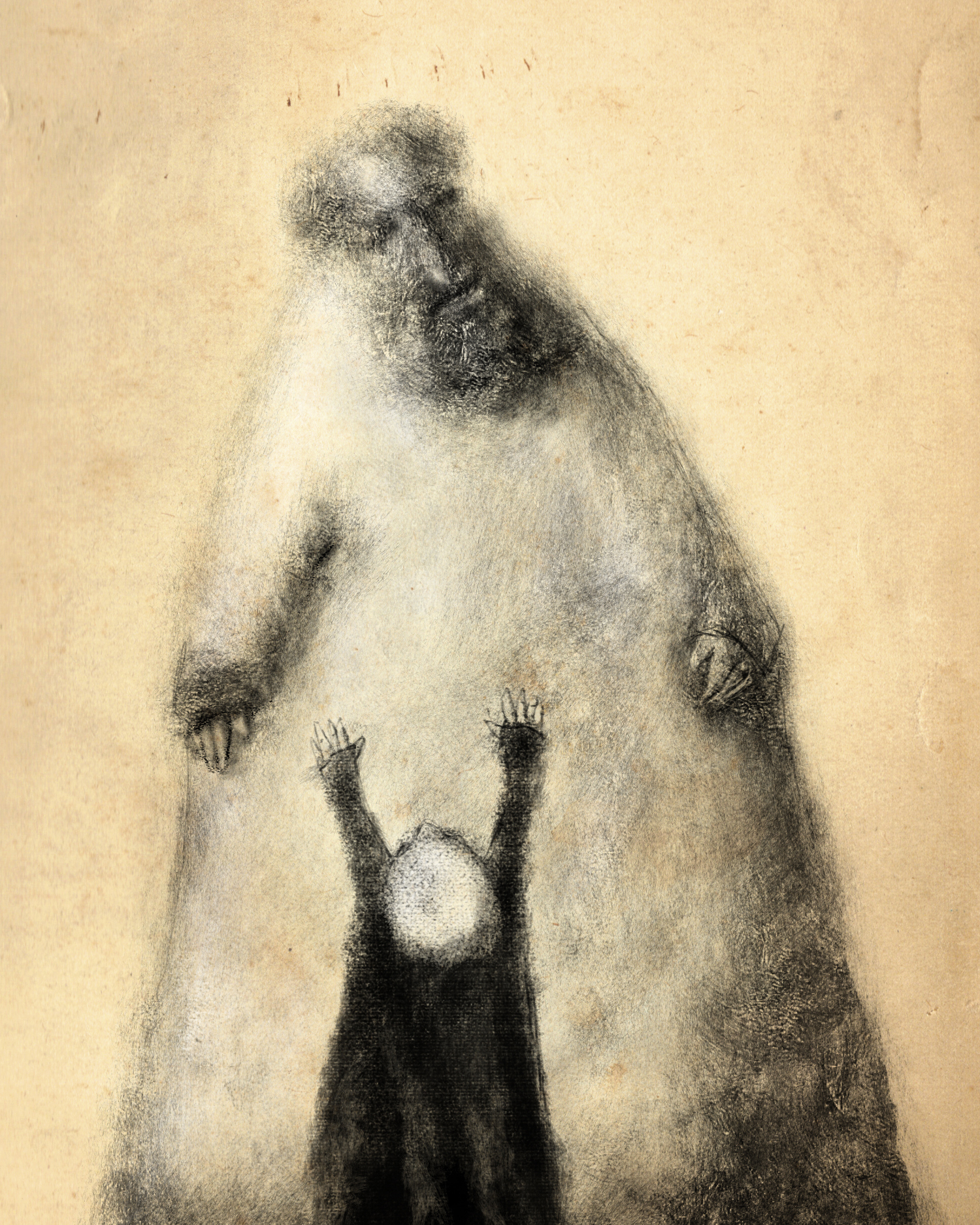
JUNCTURE NEWS
Beth’s essay “Set Pearls in the Dark,” which is featured in her forthcoming Wife | Daughter | Self: a memoir in essays, was named a Best American Essays 2020 notable essay.
Wife | Daughter | Self has received beautiful blurbs from Carolyn Forche, Megan Stielstra, Chloe Honum, Jacinda Barrett, Judy Goldman, and Diana Abu-Jaber. To read the blurbs or pre-order the book, please visit Forest Avenue Press.
Beth’s thoughts on Leonard and Virginia Woolf, and the role of mentors and teachers in our lives, was published by Literary Hub.
Beth’s thoughts on the role that bread baking, bee keeping, and art-making can and do play in the lives of five writer/artisans was published by Entropy Magazine.
An excerpt from Beth’s Creative Nonfiction essay on the Memoir in Essays forms was published in Literary Hub.
There are just five spaces left in the final Juncture Memoir Workshop Series program; all other workshops and group critiques are now sold out. For more information, please visit our site.
CRAFT: try this on for size
I’m forever pleading with my students to hold their own stories in suspense. Don’t draw conclusions about what any of it means until you’ve written a few drafts, I say. (I beg.) Don’t embalm the epiphany; chase it. Be willing to contest and finally contradict your favorite pre-conceptions.
Make a list; make it simple. Name the “certainties” that animate your story. Who and what is good in the piece you are writing? Why? Who and what is bad? Why? Who and what can be forgiven, and who and what cannot? Why? Who, to use Eisenberg’s terms, is the victim and who is the perpetrator?
Now make a new list in which you reverse these certainties. The good become less good. The bad become less bad. The unforgiven are forgiven. The victims become the perpetrators, and vice versa.
You might resist this exercise—desperately. But if you allow yourself to summon these previously unconsidered possibilities you have placed yourself in suspense; you will have changed the dimensions of your story, you will have become even more adept at nuance. You will have given yourself the freedom to chase the truth, which is so much more interesting and engaging than simply reporting what you already know. You will have complexified life and, in the process, forged yourself as a new kind of storyteller.
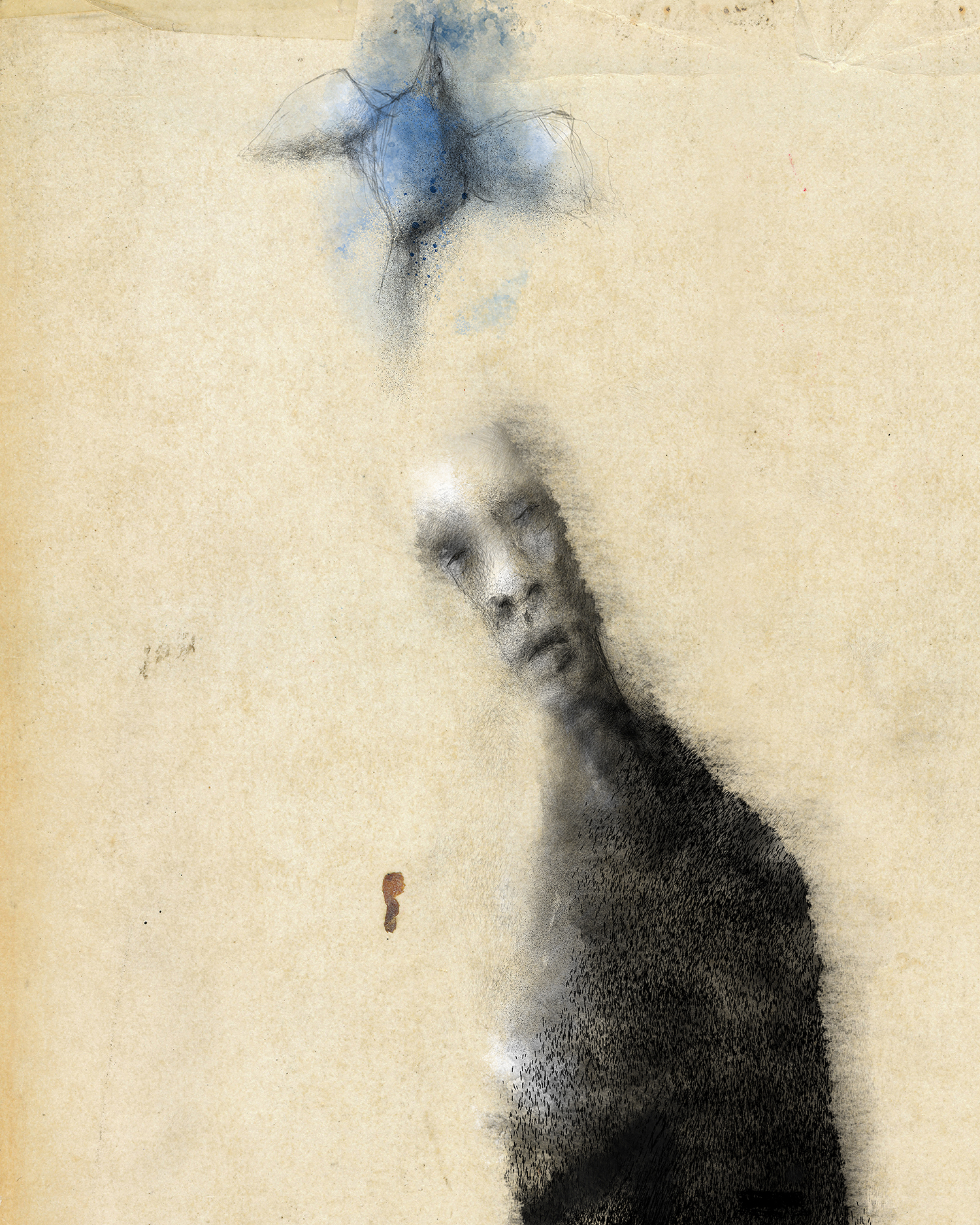
words: Beth Kephart
images: William Sulit
ART: enduring days of radical anxiety
On staying whole in a fracturing time
These are days of radical anxiety. What will become of us? The question is the sky above. It is the earth at our feet.
But the sun yellows up. But the young hawk flies. But the Celosia bloom crimson and saffron beside the white pumpkin with the speckled stem, and just writing these words at this strange dark hour (no, this too familiar dark hour) I feel my body ever-so-slightly ease. Just writing peace yields a kind of peace, the kind a heart needs to keep pumping.
All our hearts.
It is not relinquishing our civic responsibility to pause and wait for beauty. To study the frail purple blooms on the potted eggplant. To cull the recipe books. To relieve the basement of its molten past. To watch The Great Pottery Throwdown or Schittt’s Creek. To teach. To walk the streets with the phone at your ear, talking to friends, so many friends, so many people to love. Or to slip the phone into your torn-jeans’ back pocket so that you might talk with the boy across the street, so that he might show you his latest wheeled trick.
It is not an indulgence to stack the floors, the tables, the shelves with books, to buy them in hardcover, if there is hardcover, from your indie, your several indies. It is not escaping to escape into Maggie O’Farrell’s Hamnet or Jonathan C. Slaght’s Owls of the Eastern Ice or Joanna Rose’s A Small Crowd of Strangers or Elisa Gabbert’s The Unreality of Memory or Stephanie Scott’s What’s Left of Me Is Yours. Because doing what we love armors us with resilience. Because at two or three or four in the morning, when we are wide- and wild-eyed with worry, good books return us to goodness, strengthen the heart, regenerate what can be regenerated so that we might make good use of our time in the daylight.
So that we might hold each other’s pain. Then make each other laugh.
Tonight I am reading The Book of Uncomformities: Speculations on Lost Time by Hugh Raffles, who seems to know just about everything and writes that everything down in whichever which way he pleases, often with sentences numbering dozens, even hundreds, of words, and quite frequently with the dotted grin of semicolons. This is a book about rocks and stones and other densely freighted things—a history book with a dab of memoir that reminds me, in places, of the work of WG Sebald. In a passage about the Odin Stone of Orkney, Raffles meanders thusly:
And now it’s gone. I follow the line of Sandra’s outstretched arm into the empty field and let her story fill out the absence: back past the archeologists, the antiquarians, the pirates, the lovers, the newborns, the lame, and the sick; back past the English, the Scots, the Norse, and the Picts. Back past the Iron Age broch builders, the Bronze Age barrow builders, the Neolithic with its stone circles, its cairns, and its passage graves, and the Mesolithic with its hunter-gatherer bands, gingerly feeling their way around the unpeopled islands.
And on Raffles goes—on past the past, through the past, until suddenly there are “giant armor-plated fishes” and “amphibians and arthropods” are “taking their first awkward steps out of water toward the doubtful promise of muddy land.”
Loren Eisley like. And whoosh. And calm.
I wish I had radical cures for our radical anxiety but I have only this: words I borrow from an odd book that I in this hour read, while a vixen cries in the night beyond the window: vibrato, soprano. I only have that I am here and you are there, and we need to escape because we are not escaping: we are enlarging ourselves for our world.
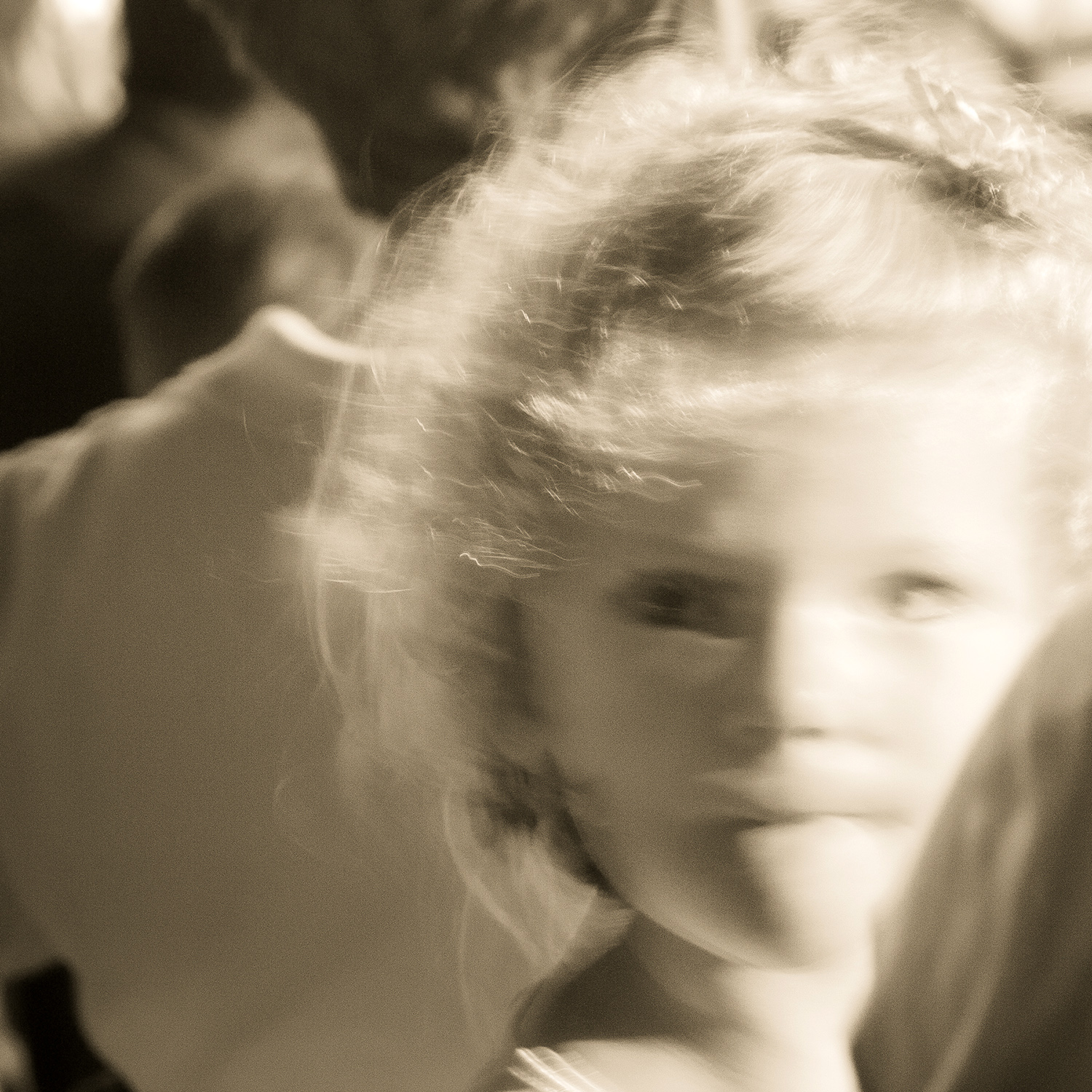
JUNCTURE NEWS
Cloud Hopper, my new young adult novel, is a Junior Library Guild Gold Standard Selection and has a Booklist star. About it, Foreword Reviews writes, “Kephart’s lines are sensory and musical, leaning into zephyr and tempest winds with trust that the right words have magic… Look up, up, up to the skies filled with endless possibilities in Beth Kephart’s young adult wonder, Cloud Hopper.” More reviews and a trailer here, at Penny Candy Books.
“The Writer, the Editor, and the Aftermath: Beth Kephart and Laura Stanfill in Conversation” appears in the Big Other. (A between-the-seams look at a tender relationship.)
“Unchildrening the Children” (at the border), a new essay, appears in Nerdy Book Club.
Wife | Daughter | Self: a memoir in essays has received extraordinarily generous words from Carolyn Forché, Chloe Honum, Megan Stielstra, Jacinda Barrett, Judy Goldman, and Diana Abu-Jaber and is now available for pre-order from many retailers, including Indiebound.
The Juncture Workshop series has spots left in the final three workshop programs—The Ideal Sentence, Shape Shifting, and The Writer’s Life. There are a handful of spots left in the final group critique session scheduled for February 27, 2021. Details on all of that are here.
CRAFT: try this on for size
Remember what it is that brings you peace, and write toward it
Hugh Raffles begins The Book of Unconformities with an explanation:
In December 1994, my youngest sister Franki died unexpectedly in Edinburgh, hemorrhaging during childbirth while giving birth to twins. Three months later, my eldest sister Sally killed herself near London, carefully stuffing the exhaust pipe of her car. Soon after, I started searching for rocks, stones, and other seemingly solid objects as anchors in a world unmoored, ways to make sense of these events through stories far larger than my own, stories that started in the most fundamental and speculative histories—geological, archaeological, histories before history—and opened unmistakably into absences that echo in the world today, absences not only mineral but human and animal, and occasionally vegetable, too.
Raffles, in other words, endured the unendurable by seeking out not just the world as it is right now, but the world as it was shaped by time. He needed his imagination for this task. He needed deep research. He needed to travel far outside of himself so that he might return to himself, and, as he writes at the very end, quoting another, “marvel at the world and its impossibilities.”
Locate that thing that enables you to marvel at the world and its impossibilities.
Set all else aside.
Write this right now.
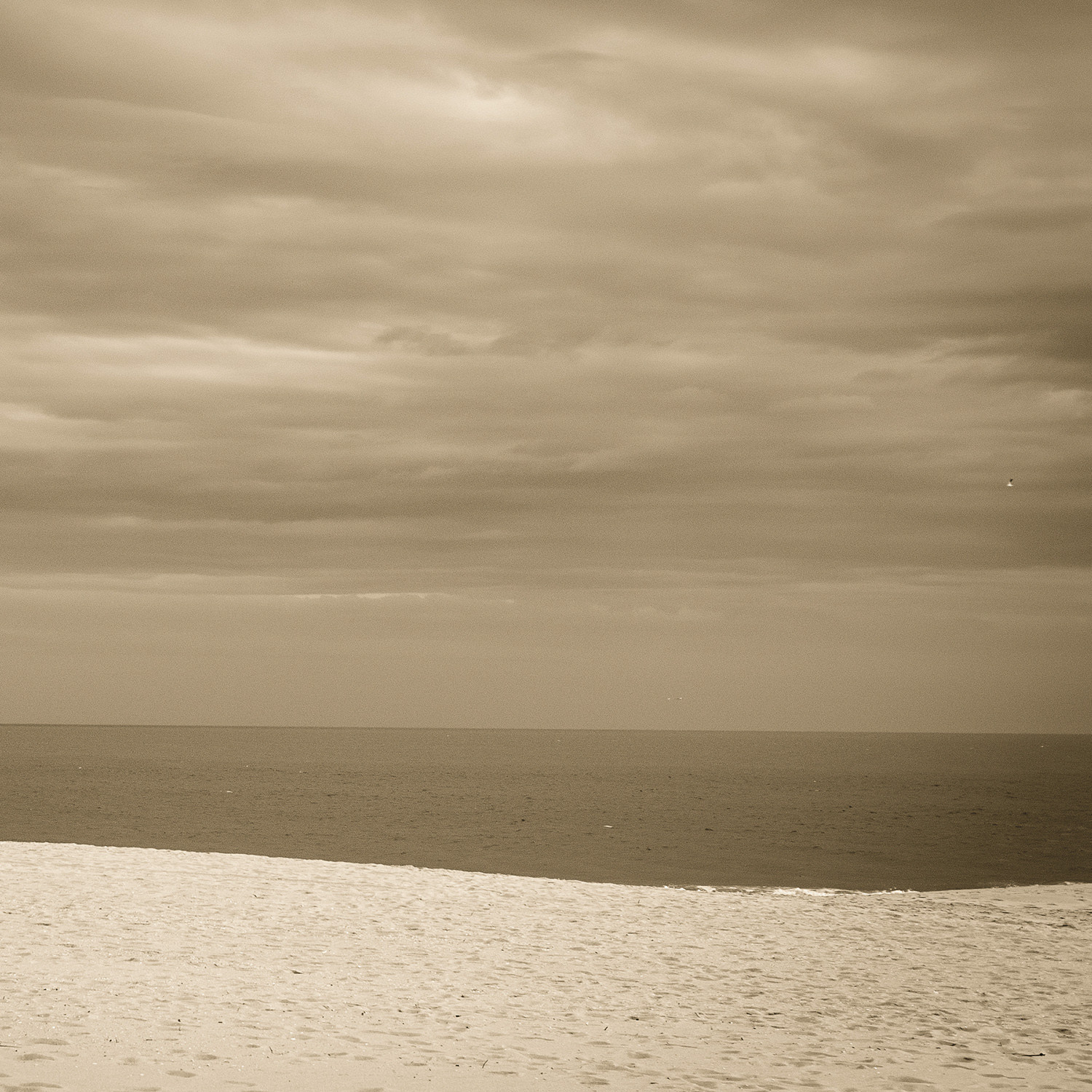
words: Beth Kephart
images: William Sulit
ART: honoring the life
On reading Road Song as my father passes on
On the afternoon before my father died, I took books down from my memoir shelf with a project in mind. A problem to solve.
Road Song, by Natalie Kusz, was not part of the planned solution set.
Still, there it was, the first memoir I had ever read, the first time I’d ever encountered the word memoir, the book that set my life’s work into motion nearly three decades ago. Road Song is the reason I write and teach and deconstruct memoir. It is sacred text and because it is, I have protected it for years from what has become my own ruthless analytical gear. Leaving it on the shelf. Pristine.
But on that afternoon, an odd feeling had begun to settle in, a need I could not put into words, and so I stopped stacking my solution set and sat on the couch with Road Song—an uncharacteristic procrastination. I would read a page or two, then think of my father. A page or two more, then my father again. My seminal text. My only father. It went on like this. The house was quiet.
My father’s passing just hours later was sudden, medically unforeseen. The days afterward blurred, as they do for all of us in seasons of loss. When I could read again, Road Song was there, still unfolding, still profoundly souled—this story of Alaskan winters and hungry sled dogs, a terrible accident and surgeries, family privations and a teen pregnancy, iterations of house and honeypot, and mostly, mostly home.
I had remembered the gentle precision of the language but not the spectacular portraiture of Kusz’s mother, father, siblings. I had remembered the songs but not all the times the family had to pawn the instruments on which those songs had been played. I had remembered the hospital scenes but now saw even more clearly how gracefully Kusz had kept self-pity from the page so that she might write, for example, this about the mother who found Kusz’s seven-year-old dog-mangled self in the snow and believed her child would die, then watched her, painfully, endure:
But those who are truly insightful will know this fact: that the greatest injuries are never those of the body. The people who feel uncomfortable when I mention my mother are the ones interested more in gruesome detail than in stories of heroism or pain. Like children in a schoolyard, they want to know what was my accident, how much did it hurt, and what did I look like afterward. I want to stare squarely back at these people, to have them answer for their urge to reduce heartache to a piece of hearsay, examined and set apart from the people who endured it.
I had remembered Kusz’s honesty about who she had been, how she sometimes lied, what she regretted, how, in the wake of loss, she bullied her family to keep them moving, keep them alive. She sees herself. She announces herself. She, without false fanfare, forgives herself.
It must have been madness, the way I bossed the family then, though it was madness born of grief, the same source I imagine from which rose the others’ plodding slowness…. But not all the moments were like that, and sometimes I came back to reason, clutching around at the others. Nights, when everyone was tired, we sat on the floor and spoke of our mother, making new jokes and feeling guilty that she didn’t know them.
Road Song contains everything I believe memoir should stand for—something I must have intuited all those years ago. It is the better angel of the memoir breed, an antidote to wallow, a clear-eyed tenderness, a deeply layered text built of an entire family’s reminisce, proof of the universal in the personal. It was published when Kusz was just 27 years old. Toward its end, as a coffin is layered into a sinking ground, the family sings this song:
The things of earth
Will dim and lose their value
If we recall they’re borrowed for a while.
And things of earth
That cause the heart to tremble,
Remembered there will only bring a smile.
But until then, my heart will go on singing.
Until then, with joy I’ll carry on
Until the day my eyes behold that city.
Until the day God calls me home.
And so I have buried my father. And so Kusz returns to me now, with her proof that I was right in trusting her all those years ago, with her hymn, which is a carrying on, with her grace accompanying loss, for each of us is living loss, one way or the other, and forever.
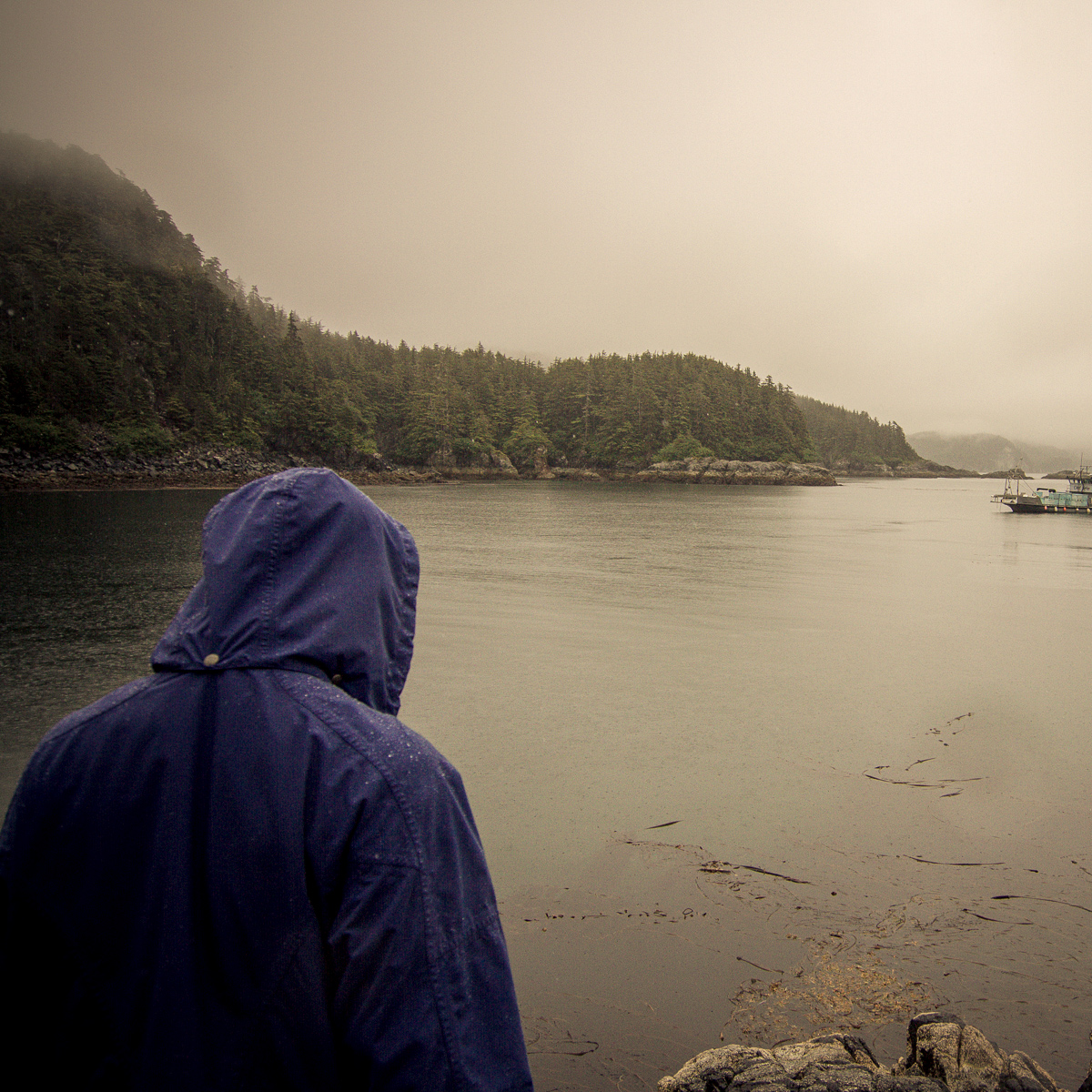
JUNCTURE NEWS
Cloud Hopper, my young adult novel due out on September 8 from Penelope Editions/Penny Candy Books, is a Junior Library Guild Gold Standard Selection. I am deeply indebted to Sara Beth West for this most extraordinary review.
I hope you’ll consider joining us for the launch of Cloud Hopper, a zoom event hosted by Main Point Books, Radnor Memorial Library, and Penny Candy Books on September 10, 7 PM EST. A link is here.
I have a new essay in the August edition of Creative Nonfiction, exploring nine writers and their approach to memoirs in pieces.
Wife | Daughter | Self: a memoir in essays, is now available for pre-order from many retailers, including Indiebound.
The Juncture Workshop series has spots left in the programs scheduled from December 6 on—Time Lapses, Singular Lives/Universal Truths, The Ideal Sentence, Shape Shifting, and The Writer’s Life. We’ve added a fifth group critique session on February 27, 2021—a session that will think about the ways in which we incorporate talk—whether that be dialogue, monologue, or italicized thought—into our memoirs. Click here for more details.
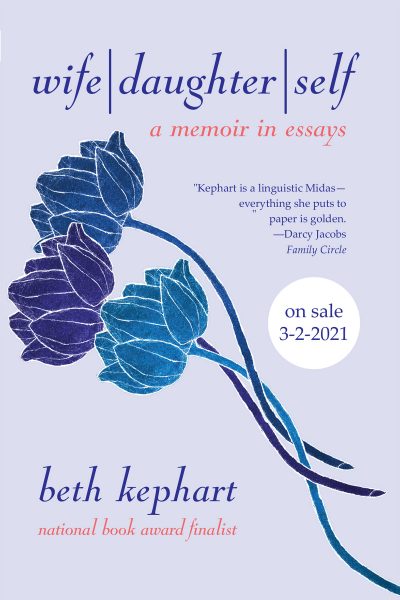
CRAFT: try this on for size
Natalie Kusz’s exquisitely detailed memoir is authentic—built with family memories and the journals her mother left behind, as well as Kusz’s own search to restore the impossibly hard and ruggedly beautiful childhood that forged her.
Who has lived beside you in the life you are recreating on the page? To whom might you now turn so that they might tell you the story as they lived it, the details as they remember them, the perceptions of you that they hold?
Layer a scene you are writing with the wisdom and remembering of another. Strengthen the fiber of your prose.
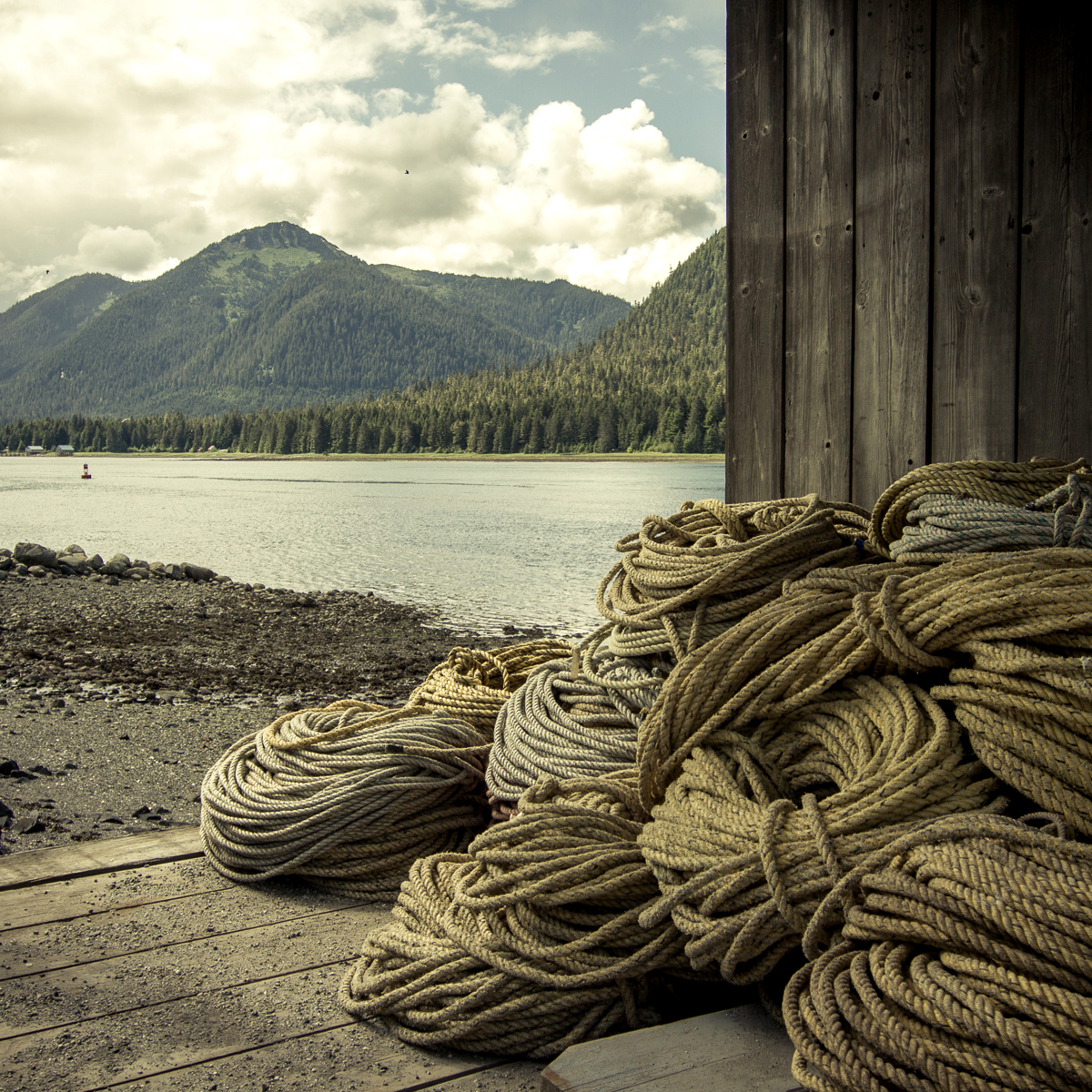
words: Beth Kephart
images: William Sulit
ART: honoring the life
The Not-a-Memoir That Teaches Memoir
Last night, while Zoom chatting with a kind book-club group, I heard my voice go vociferous. Heard me doing that thing I do—defending the crafting of memoir. My emphatic plea that memoir is not a game in which the worst personal tragedy wins. My insistence that when the imagination is deployed in search of truth (as it must so often be), the author should—in ways either implied or overt—help the reader keep the patterns straight, sort what is known for sure from what is being guessed or half-dreamed.
I might as well have been out on the Better Memoirs campaign trail.
To the conversation I brought the books I have written about memoir over the past decade—the book on the form itself, the workbook, the collection of book reviews and memoirist interviews, the memory prompts. I confessed my supreme memoir nerdiness, my weird, perpetual search for the new in the land of memoir, my restless sifting and sorting of truth categories.
This summer-rain morning-after I’m wishing I’d kept my cool. I’m wishing I had, in gentle dulcet tones, simply held up the book I’ve lately been reading: Sophy Roberts’ The Lost Pianos of Siberia, which isn’t even a memoir. It’s a journalist’s first-person account of her journey across that massive, harsh, storied, surprising, butterflied, snow-drifted, mud-thick landscape in search, as the title says, of lost pianos. Some pianos speak for a village or speak of assassination or speak of extraordinary talent set against unspeakable hardship. Sometimes the instrument has vanished but the memories of it live on. Sometimes the musicians have vanished and the lonesome instrument waits.
Lost pianos.
I longed to know, Roberts writes halfway into the book, who had played this or that instrument, whose fingers had expressed the love or pain of their Harbin exile. The sense of dystopia struck me forcefully, how an object can lose its meaning when it has lost its owner’s story, like a body detached from its soul, or a refugee from his homeland.
Personal, natural, communal, artistic, political histories are all most urgently shaped by authorial obsessions—an idea I’d recently shared during our Art of the Moment workshop presentation—obsession vessels, I’d said. It’s an idea Roberts proves beyond any shadow of any doubt.
Just as she proves, too, that a single telling detail has the power to carry an entire scene or chapter. Here, at the end of her book, Roberts gathers together some of the most stunning ones, a banquet of unforgettables:
The captain of the fishing ship, Valentin Lekus, who got his crew to club together and buy a piano to assuage the long months at sea in the North Pacific, also died before this book was published. He sang a song for me when we were together—the 1939 classic “We’ll Meet Again,” made famous by Vera Lynn during the Second World War. It was like listening to a man’s heart stripped bare—a gentleman who had given his best years to a hard life on Soviet ships in one of the toughest climates on the planet. When I write this now, the song stays with me as one of the most affecting moments during my time in Siberia, along with the image of a fiddle made with stolen horsehair and Lidiya’s narcissus standing tall in a pool of light.
Roberts’ book also contains lessons on metaphors, as when, for example, she introduces us to her elderly cabin mate on a long boat ride. Mary has boarded the ship in search of birds, Roberts, of course, in search of pianos:
Listening to her chuckle in her sleep, I knew she understood better than anyone why we were both here, that even in a place as difficult as Siberia, there might be something magical hiding in the fog. My piano hunt and Mary’s vagrant robin had more in common than it first appeared: neither of us had come for the certainties, but for the outside possibility that a little marvel might appear.
Fair use prohibits me from sharing more mini excerpts from this most profound and moving book, but perhaps you will simply believe me that Roberts, not a memoirist, teaches memoir throughout—the power of character development, the approach we might take to writing landscape and history, the essential establishment of voice and tone so that readers might assent to going anywhere the author wishes to take us.
Just read Sophy Roberts, I should have said, to the gracious women of the book-club group, because it’s all there, right there, the art and the craft of the life and the language, the lessons for memoirists hoping to write books that feel everlasting.
If you don’t have time to read the book, might I implore you to watch this trailer?
JUNCTURE NEWS
Cloud Hopper, my young adult novel due out on September 8 from Penelope Editions/Penny Candy Books, is a Junior Library Guild Gold Standard Selection.
I have a new essay in the August edition of Creative Nonfiction, exploring nine writers and their approach to memoirs in pieces.
We have been so grateful to all of you who have joined us for the Juncture Workshop Series. While there are openings in some of the Workshop Series, just one spot now remains in our group critique sessions. We are therefore considering creating a fifth group critique session, one specifically focused on passages that use implied or explicit dialogue—on memoir chapters or essays in which talk plays a role. If you’re interested, please let us know.
Wife | Daughter | Self, a memoir in essays due out next March from Forest Avenue Press, received these beautiful words from Judy Goldman, whose wise words and wonderful memoir were featured in the pages of Juncture Notes last year: “Beth Kephart has written a riveting, atmospheric dream of a book. It’s a big, complicated portrait of a woman inhabiting the major roles of her life. Sometimes we encounter Beth’s “tip-toe self,” artfully and gracefully telling her story. Other times she’s out there — bold, making noise, “piercing the truth.” But she never settles for the easy answer. She’s really just asking bone-deep, tough questions. Questions that turn everything back to her readers so that we can learn how to inhabit our own roles. This memoir is so revelatory, so affecting, that long after you turn the last page, you won’t stop thinking about it.” Judy Goldman, Together: A Memoir of a Marriage and a Medical Mishap
CRAFT: try this on for size
Sophy Roberts sets out in pursuit of lost pianos. It is an uncertain, even quixotic quest. Do these old pianos still exist? Do those who played them remain? Will the stories she discovers be reliable? What will her journey across this vast Siberia do to her soul and her way of looking at, and for, life?
Through and across the snow and mud, past churches and grave sites, in proximity to tigers and massive sheep, toward the histories of Chekhov, Listz, and the last Tsar Roberts goes. Into people’s homes where there may be a lack of seats or a strange-looking fish or a cup of cooling tea. Her quest grows larger. The nature of her questions shift. Her expectations take new forms. She isn’t finally satiated. She will always wonder, always want more. Siberia has gotten to her.
Make a list of all those things you’d like to find—or find out. Write a few sentences that frame each curiosity. Why are you obsessed? What are the roots of your obsession? Where would you go, to begin your search? What experiences would you allow yourself to have?
The next step is up to you
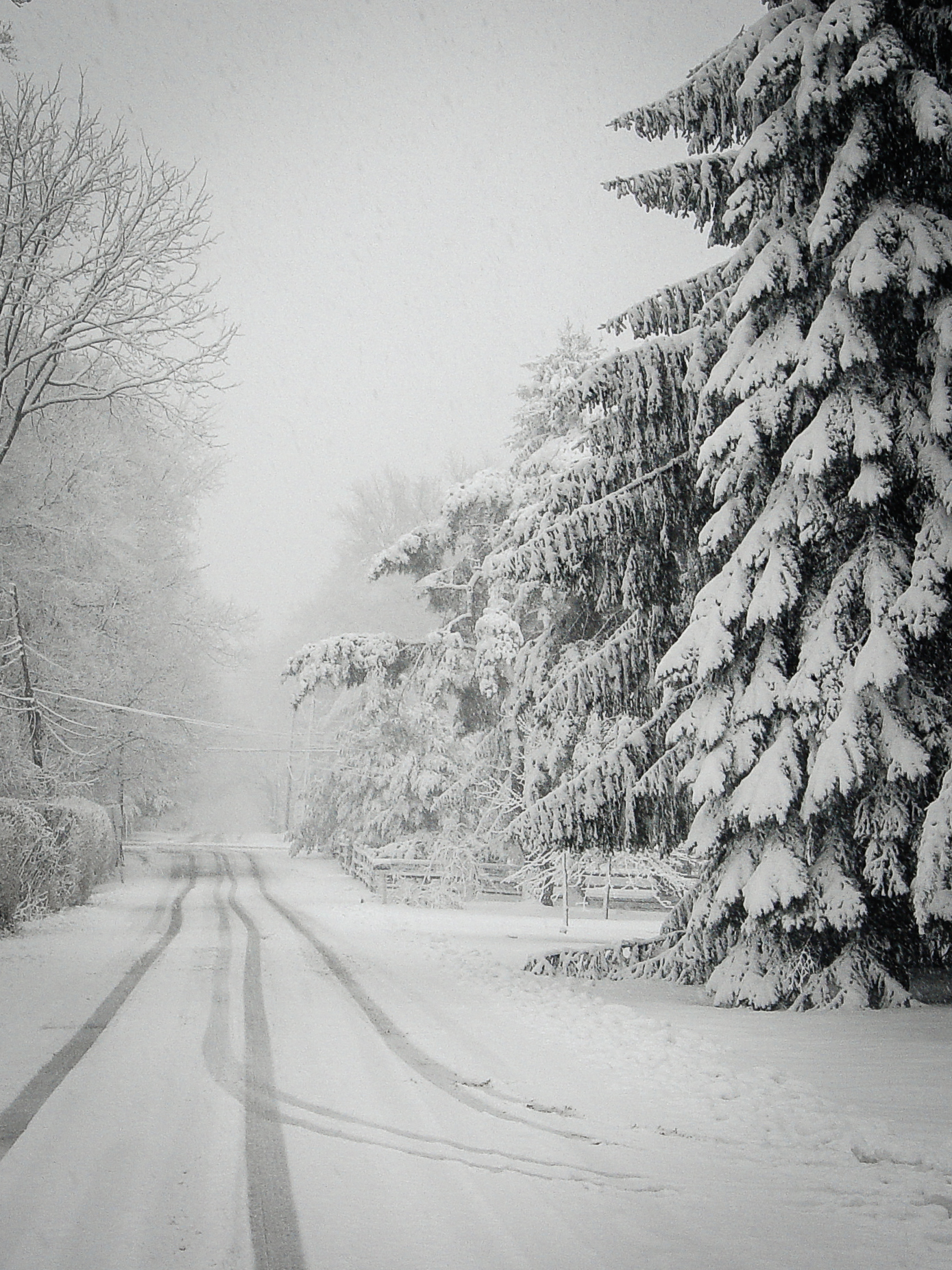
words: Beth Kephart
images: William Sulit
ART: honoring the life
Managing the Complex Memoir
“Writing On the Red Hill has been like building a three-dimensional jigsaw puzzle,” the author Mike Parker writes in the acknowledgments. “Pieces came from all quarters: from Reg’s paintings and notes, George’s diaries and photos, their books and our memories, the countless nuggets of their lives that are still seen or used every single day at Rhiw Goch.”
Two couples live at the center of this complex memoir. There’s George and Reg, together sixty years, who bought a whitewashed house in rural Wales and filled it with their books, their friends, their traveling guests, their touch. Then there’s the far-younger author and his partner, Peredur, who are the sole witnesses to George and Reg’s late civil partnership ceremony in 2006 and who learn, just as they are about to buy the grand house, that it has been willed to them by the two old men whose deaths occur after a period of painful decline.
Rhiw Goch, and everything within it, now belongs to Mike and Peredur.
So, in many ways, does time.
What does one do with gifts like these?
With George and Reg gone, Mike and Peredur take the home, the land, and the history on. Peredur cares for Reg’s garden with a knowing hand; Reg’s art remains hung high on the walls. Mike pours over the crush of George’s books, his postcards and journals, his records, his photographs, and discovers, in George, some uncomfortable truths that the author recognizes in himself. In between, Mike and Peredur seek to live their own lives— to reckon with their pasts, to come to peace with their present, to wonder about what is to come.
In writing On the Red Hill, Parker extends his reach to the clouds and the hills, the sheep and the fences, the pools and the streams of the Welsh landscape. He explores the history of gay men in the 20th century and muses over EM Forster’s Howards End. He stretches the container of this book just about as far as any memoir might be stretched.
The language is often beautiful.
The wisdom arrives, at times, through an emotional backdoor:
We fall for places as giddily as we do people, harbouring a fantasy of locative love at first sight, of turning a corner and there in a show of stars and peal of bells is the place we are destined to spend a soft-hued forever. If such a place existed, I naturally assumed that it would be me that found it; to accept otherwise meant accepting that I do not know best, even in the one area of life in which I feel most fluent. Being at Rhiw Goch made me start to question this, for the first time in my life. A far larger truth began to dawn: that in the love of both men and milieux, the slow burn is what is required.
Parker’s approach to bundling the many pieces of his memoir is revealed by his table of contents. Elements. Seasons. Compass points. People. Everything and everyone in its place and its time:
Prologue
FIRST QUARTER
Air
Spring
East
Reg
SECOND QUARTER
Fire
Summer
South
George
THIRD QUARTER
Water
Autumn
West
Michael
FOURTH QUARTER
Earth
Winter
North
Peredur
I share Red Hill and its frame because it offers proof that life—no matter how complicated it becomes—does sort itself into patterns and cycles; it can eventually be wrestled into a memoir form. Parker wants to merge landscape and people, weather and choices. He has so very much chosen ground to cover, and had he simply started writing about his friendship with George and Reg when that friendship began then carried on as the friendship evolved, as the house was gifted, as the house became his home—if he’d written all this in chronological fashion and thrown all the rest of his musings in—the tangents would have overwhelmed, the book would have no rhythm, the multi-part, multi-faceted story would lose its plot and also, inevitably, its readers.
But Parker searched for governing categories and themes. He shuffled his big story into component parts. He allowed us to live each season and meet each man in just the right order. Of course there are overlaps. Of course Peredur, for example, appears not just in the fourth quarter, but in the first. Of course Reg makes an appearance in the Second Quarter, when the emphasis is on George. But with his table of contents—his organizational frame—Parker helps guide the reader toward what, in the moment on that page, matters most.
A responsibility all writers have, when dealing with the complications of the lived life.
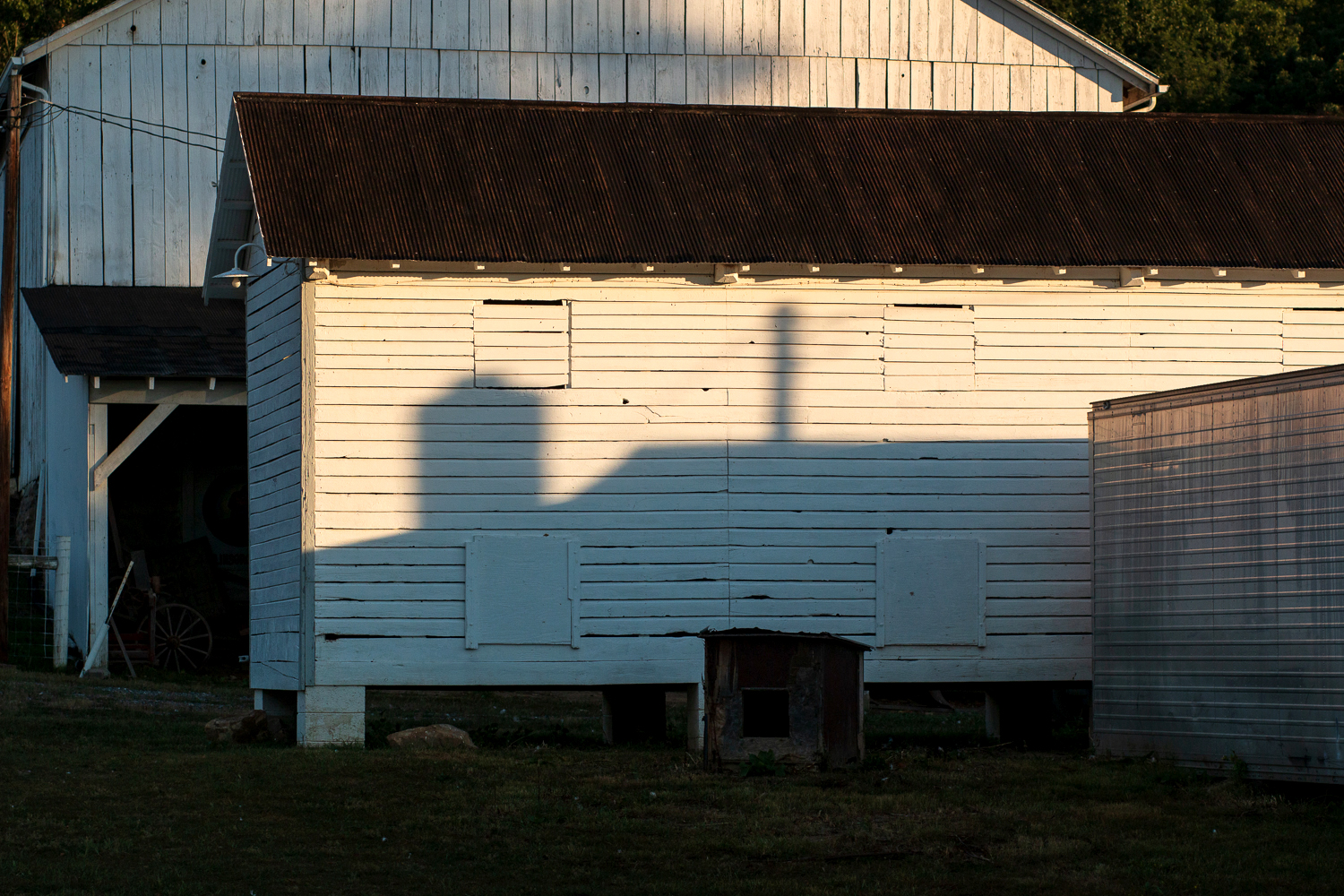
JUNCTURE NEWS
Bill and I are so grateful to all of you who have joined us for the Juncture online memoir series. Our first three in the series are now at full capacity, as is our first group critique session. We are, in the meantime, building the presentations to come, a process that has entailed the review of so many new memoirs and a return to (and scanning of) some of Bill’s archival architectural and art work.
A small clip from our first workshop can be viewed here.
More about the workshops can be found in “Our Workshops” page.
My essay about the long distance between my father and me during this quarantine was published as “The Spaces in Between,” in Image Journal (digital edition).
The Great Upending, book that is located on the farm where we conducted our first Juncture workshop, has won the Gold Medal, Parents’ Choice award.
CRAFT: try this on for size
Sometimes it’s helpful to enter your life story through a brand-new organizing frame.
If you’ve been writing your story in chronological order, for example, why not rearrange the chapters so that you tell the whole story in reverse? Put the last scene first, then the second-to-last scene, all the way through to the new end, which would be (in real time) the earliest scene. What does this teach you about the nature of your story—about where the true tension and suspense actually live? What does this teach you about what is still missing, and about what is redundant, even dull?
If, on the other hand, you’ve been approaching that essay you’ve been working on as a rather consistent back and forth between the knowledge you have gained (the art of decorating cakes, for example) and your life story—500 words on cake decoration, 500 words on your story, 500 words on cake decoration, 500 words on your story—why not find out what happens if you add a third element into the mix (a history of sugar, say)? What does balancing three storylines do to the rhythm of your essay? What does adding a new element teach you about what was really necessary, interesting, galvanizing, even, in your original two-tone tale?
Or perhaps, like Mike Parker, you might learn something essential by re-organizing your true story around seasons, or elements, or directions, or characters (no need for you to try all four at once).
The goal, as always, is to see your story new. To find new ways in. To surprise yourself and, hopefully, your reader.
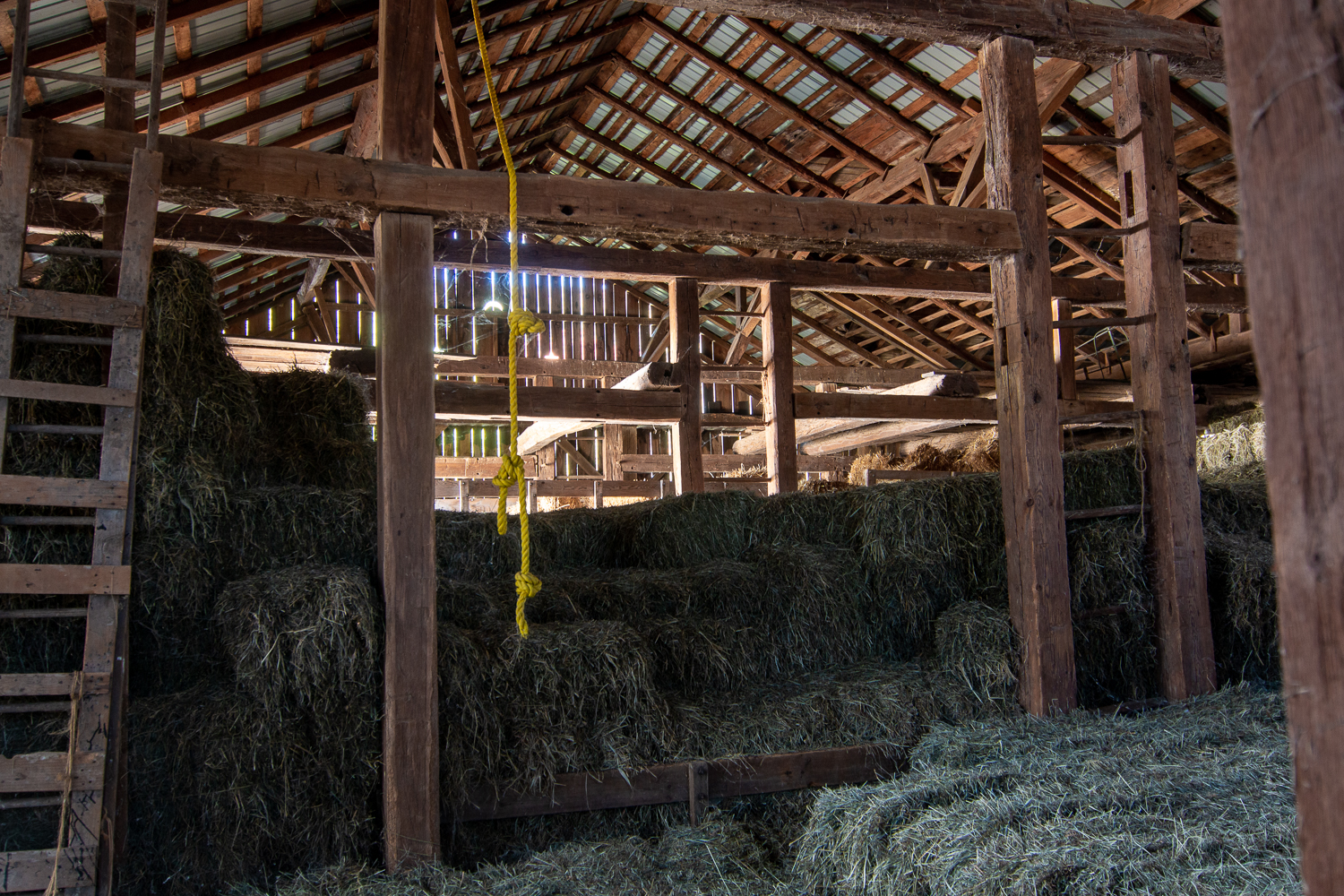
words: Beth Kephart
images: William Sulit
ART: honoring the life
It presented itself like a puzzle—eleven separate 75-minute segments on writing the past and the immediate now, on building scenes and bending the sentence, on speeding time up and slowing time down, on the braid versus the collage versus the oblong.
I wasn’t interested in dusting off old syllabi. I never am. I’ve been writing memoir for more than thirty years now and teaching it for nearly as long, and it’s not just my own stories that have shifted in the interval; it is my ideas about stories—how they are made, how they might be made, how the making of them matters. In creating The Workshop Series, I was determined to find out what I think in this moment about this category of literature that has, in perhaps too many ways, obsessed me.
I began by removing the books from my shelves—the hundreds of memoirs, the uncountable number of truth-seeking essays. I searched for patterns among passages, latent themes, classic writers anticipating modern ones, relationships between Frank McCourt and Nick Flynn, say, or Jeff Sharlet and Virginia Woolf. I wondered why a writer like Annie Dillard remains so extremely teachable (the risks she takes, the pleasures she evokes, the past she summons, the interface between her writing self and her remembering self) while others simply are not (these others being writers who navigate the narrow space of an imagined memoir formula). I looked for the ways in which the work of writers from across eras and intentions and styles might become additive. I typed excerpts until my arms burned, moved passages around like elaborate word tiles, made lists of categories, pyramids of lesson schemes.
To teach is to go deep into your shelves, to remember your own writing (and teaching) failures, and to remain open to the unforeseen connections. For weeks I beckoned toward zing. Marion Coutts leaning against Alexandra Fuller. Jenn Shapland in discussion with Mark Richard. Tony Earley and the tell-tale object. Calvin Trilling and the pattering of songs. Margaret Renkl and her scenes versus so many less-than-persuasive others with their generalizing summaries.
I tried, throughout this time, to reverse engineer the passages I find compelling. To imagine how the writer imagined, to consider what the writer considered, to reflect on the various decisions the writer made. I created what I think of as question cascades, designed to move other writers toward their own revelations. I built exercises, not as idle prompts but as a response to the call of Helen Garner, for example, or Charles D’Ambrosio. I thought again about memory chalets and how the mind constructs them.
No memoirist sounds precisely like another. No story frame is precisely like another. No life is inherently more valuable than another. To return to hundreds of memoirs and uncountable essays is to be handed your humility on a platter—to be reminded that the best of memoir is not built from rules; the best of memoir does not emerge from some steel-clad template; the best of memoir cannot be dictated or demanded, packaged or prettied. The best of memoir is imperfectly built from the immense, bewildering, fascinating, endlessly appealing imperfection of the courageous writer. Or, to further paraphrase Neruda, the best of memoir is forged in such a way that the human touch is ever-transparently present.
I want to teach that human touch. I want to name it, celebrate it. I want to suggest, to inspire, to deconstruct and reconstruct, one passage, one pattern, one question, one running leap of faith and then another. Because humility is important for the student, yes. It’s even more important for the teacher.
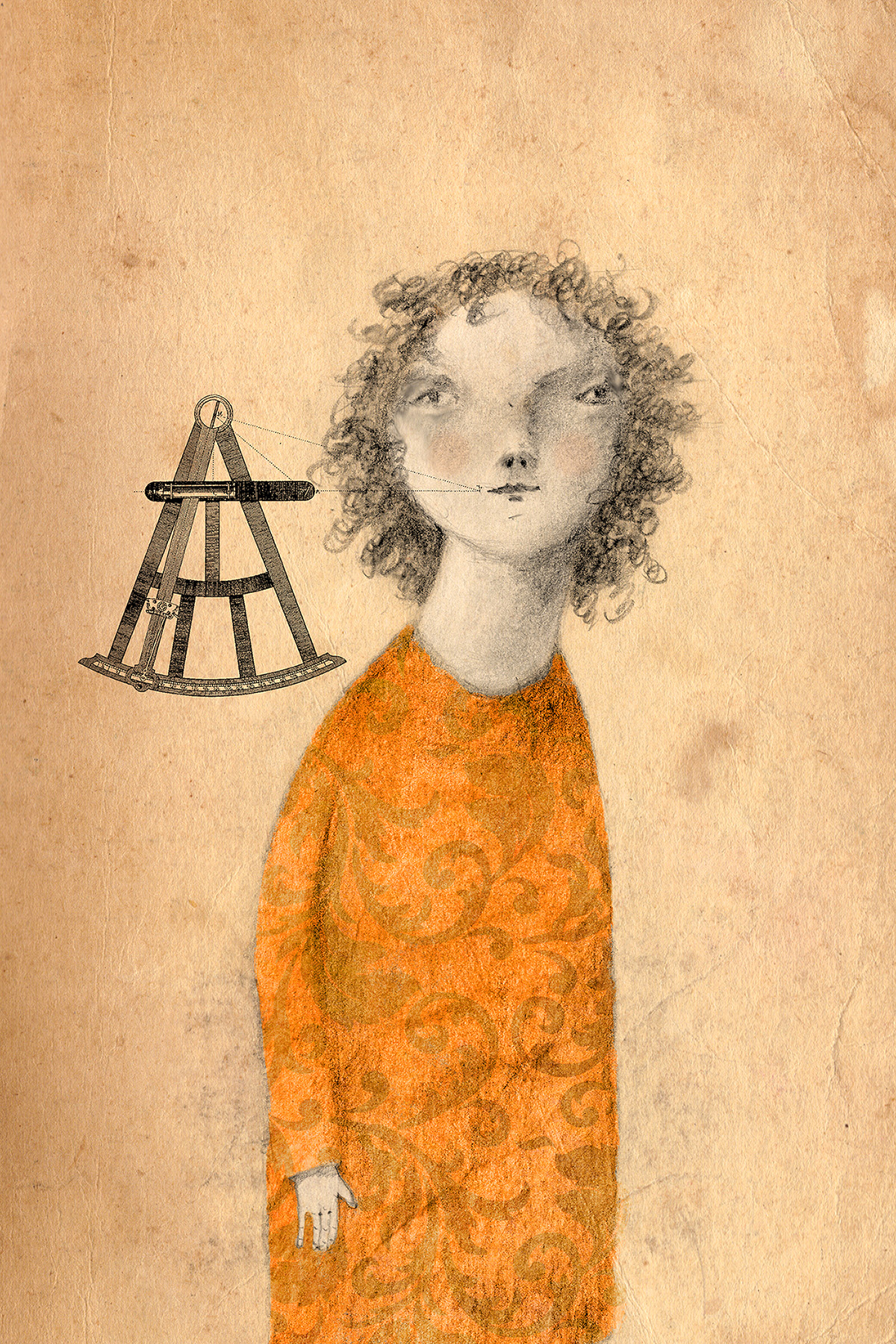
JUNCTURE NEWS
We have been blessed by the response to The Workshop Series and the Group Critiques, our first foray into online teaching. We’ve limited the Series to 35 participants per session and the Group Critiques to 8 per session. If you are interested you can sign up here.
Beth’s essay, “Circus Act,” on the high-anxieties associated with the publishing life, appeared in Brevity.
Beth’s essay, “What are the Boundaries of a Memoir?,” appeared in Literary Hub.
Beth’s essay, “Within the Library Walls,” appeared in Nerdy Book Club.
Beth will be teaching a digital workshop for SCBWI on June 18th, more information here.
CRAFT: try this on for size
Lately I’ve been thinking about wordless picture books—Shaun Tan’s The Arrival, of course. Rogerio Coelho’s Boat of Dreams. Aaron Becker’s Journey. I think about the trust the wordless picture book artist places in those who turn her pages. Step into my world, the wordless picture book artist says. Look around. Imagine what you will. I will not correct you. I will not say that you are wrong.
Memoirs, too, extend invitations. They leave themselves open to interpretation. A memoirist doesn’t (or shouldn’t) impose her worldview on the reader. A memoirist doesn’t frame her story so that there is just one way to read it.
A memoirist opens the door. Come in.
Here’s an exercise: Choose one scene from the memoir you are writing and evoke the mood of that scene without resorting to words. I’m not talking about crafting a comic strip (though that could be fun, on another day). I’m talking about using dried plants or sloppy paints or pastels or collage materials or anything else that can help you, over the course of eight or ten pages, convey the mood and tone of the scene you have in mind.
What can you do without words? What do the textures and colors you choose, the very materials, the distribution of white spaces teach you about the scene you have in mind?
When the art is dry, craft the scene with words, using your wordless picture book as your guide.
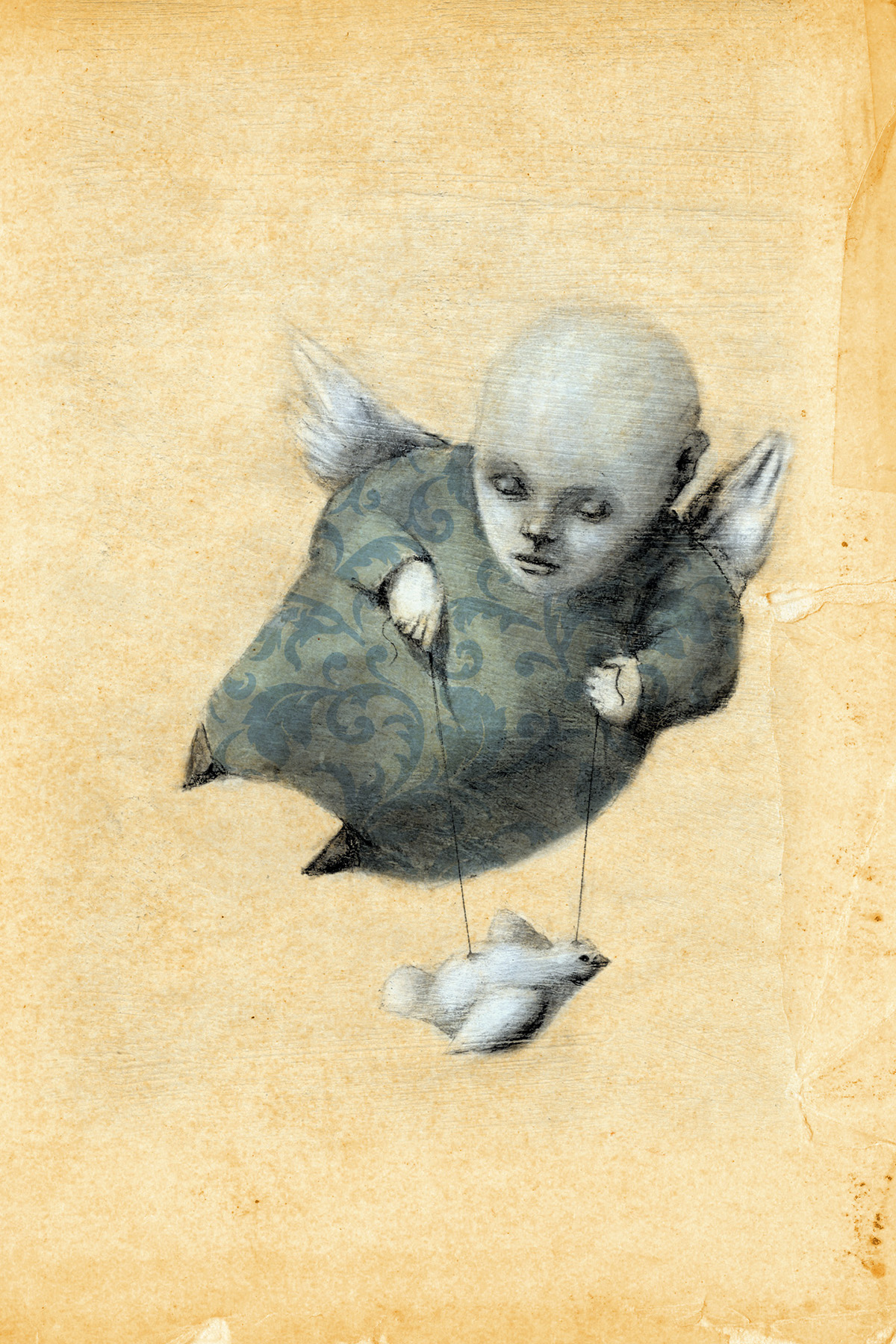
words: Beth Kephart
images: William Sulit
ART: honoring the life
It was there, it was coming, it came—and in that slow-motion suddenness our lives were swiftly upended. For far too many among us, nothing will ever be the same. There are losses that cannot be undone.
For those who wait and watch, we have choices to make about how we’ll use these hours of distance, these mornings when we wake too early, and wonder. Last night, I Zoomed with the students of the University of Pennsylvania (and two from Swarthmore) I’ve grown to love over the course of this “Art of the Moment” semester. I listened to their stories in this time of disconcerting dislocation. I watched them listening to each other.
Then each led us briefly toward an essay they’d individually selected to read and study: What had intrigued them about the essay? Did the essay live up to their expectations? What had they learned about tone, mood, structure, weave? What writing prompt did the essay trigger?
My students’ prompts are so gloriously provocative that I asked if I might share them broadly—as gifts to those out there who would like a little structured distraction from the news. Because my students are magnificently and precisely just who they are, they said yes. These are their words, their thoughts, that I share below. I hope you find peace and possibility within the lines.
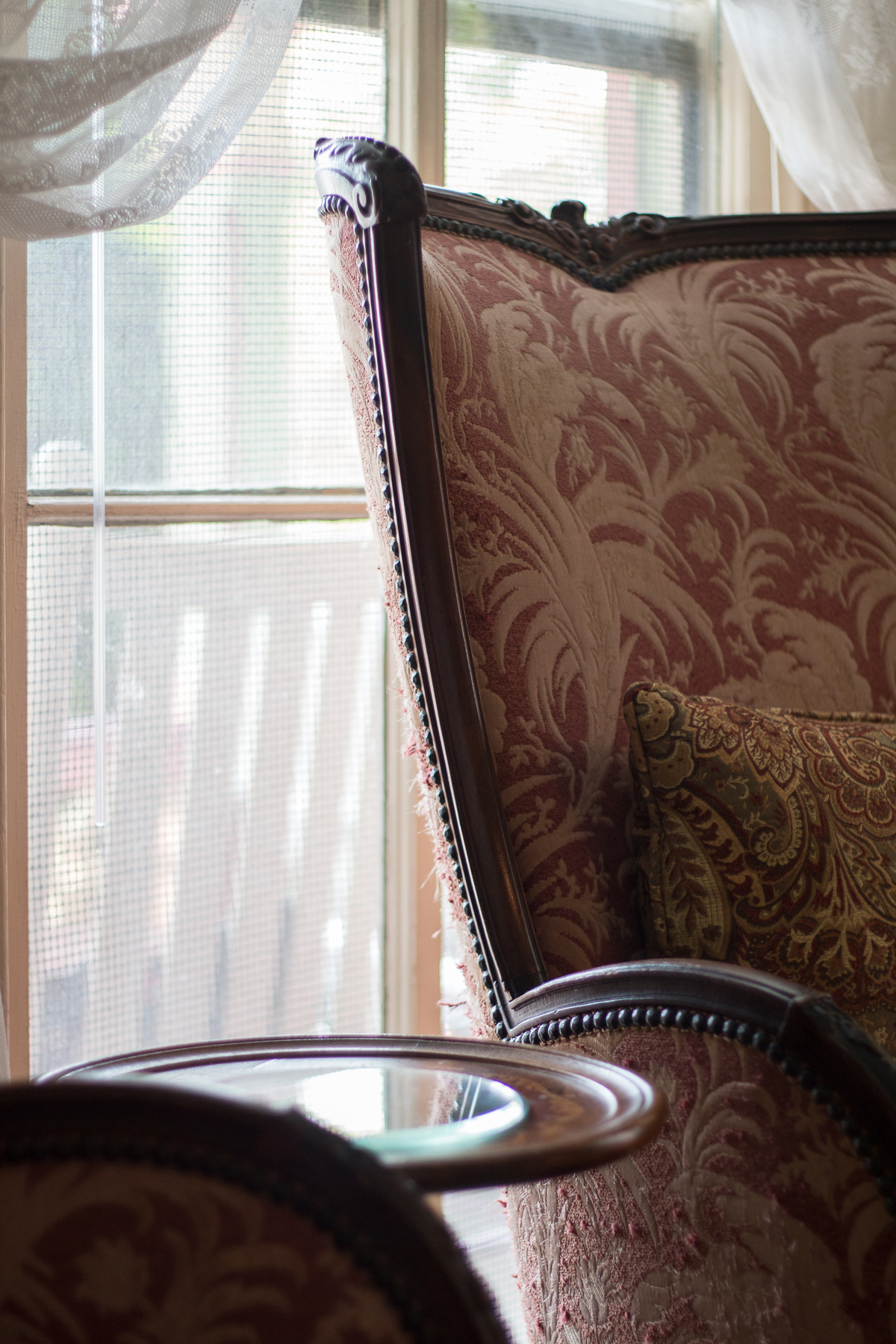
CRAFT: try this on for size
“The Knife” by Richard Selzer
Choose an item one uses every day and map out its purpose, its effect on the world, people, animals, its sounds, smells, shape. Picture your feelings of dependence or dominance over this object when you use it or it is in whatever way utilized. How has your relationship to this object changed over time? Is this item modern, has it been around for centuries, does it predate time? You can research various uses and when the item was first used, if you’d like. How can you mediate an aspect of life and living that is important to you through this object? — Genevieve Lovern
“Street Haunting” by Virginia Woolf
Woolf writes of returning to a familiar place and finding it is not as she had remembered it, nor is she the same person she was when last visiting it. Walking, too, has allowed her to wear multiple hats and to try on the lives of others. The self can be manipulated while it is mobile. This leads to the following prompt: use this as an opportunity, in this time, to go on a walk to a previously frequently-trodden place in your town. In writing, acknowledge the fragments of others and of yourself that are present or absent upon arriving at your chosen place. — Rachel Kulik
“Misreading” by Charles D’Ambrosio
In the preface to Loitering, Charles D’Ambrosio writes: “Friends would diagnose me with a really bad, likely terminal case of aporia, but I suspect that my condition isn’t so uncommon, that a little tribe of others feels, each in their own way, just as mystified and baffled as to direction as I do.” (19) “Misreading” may be seen as a great illustration of this “terminal case of aporia.” Do you resonate with D’Ambrosio? If yes, write something that baffles you, or in other words, write about not-knowing, write in a way that searches for meaning and that “loiters with intent.” — Yuxin Wen
“Late Victorians” by Richard Rodriguez
Think about the spaces you inhabit. What do they say about you? Their permanence (or impermanence?) The decor, or lack thereof? Who else shares these spaces with you? Have you chosen them or were the forced on you? What do your physical and tangible environments say about life, society, or you? Think about a place, and write from there. — Kayla Klein-Wolf
Rodriguez says that “[his] compass takes its cardinal point from tragedy.” So, taking inspiration from his stance on life, write about a time when you were convinced of impending doom despite the optimism of those around you. — Mo
“Such, Such Were the Joys” by George Orwell
What is a childhood memory that has taken on a completely different meaning now that you’re older? or, What is something you believe or was told as a child (a “mysterious, terrible law”) that you realize was wrong or more complex than what you were told? — Andie Pinga
“Under the Influence” by Scott Russell Sanders
Scott Russell Sanders revisits his father in the “perennial present of memory.” What memory does this phrase evoke for you? What memory, for you, is so lasting that it is not quite “past,” but you revisit it as it happened? — Erinda Shino
“The Death of the Moth” by Virginia Woolf
In light of the discussion of a moth’s short lifespan, my prompt is to write about something ephemeral. I am interested to see how the writer’s choice of subject will reveal something about their outlook on the world. — Farah Sayed
“Seattle, 1974” by Charles D’Ambrosio
Write about a city in your life. Establish the essence of this city and the meaning that it holds for you. With this prompt, I’m curious to see the interactions between sense of place and identity. — Yujie Wu
“On Blindness” by Jorge Luis Borges
Borges calls his blindness a “world of mist” that conjures strong imagery and uniquely characterizes his movement through and relation to space and time. Write about a time you felt surrounded, enveloped or cocooned by something intangible that made you more aware of some aspect of yourself? (Ex: the walking-on-eggshells moment and you notice your voice sounds alien to your ear, or a room where the tension is thick enough to cut with a big steak knife and you are aware of the space your body takes up and every breath you take.) — Olivia Bridges
“My Face” by Robert Benchley
When you catch your reflection in a dark window or unexpected mirror after a long day, what do you think when you see your face? — Sabel Anderson Zabriskie
“Goodbye to All That” by Joan Didion
Write a love letter—not to a person, but to a feeling, place, desire, age, self—in fragments. Make the visceral connection to a thing that does not seem visceral or fleshly at first; write a piece centered on an object of desire that is not (at least in appearance) a person. — Sofia Sears
“Split at the Root” by Adrienne Rich
To end our discussion on identity, my prompt for the class is to write about an aspect crucial to your identity–something that makes you, or even something that breaks you. — Dannie Watson
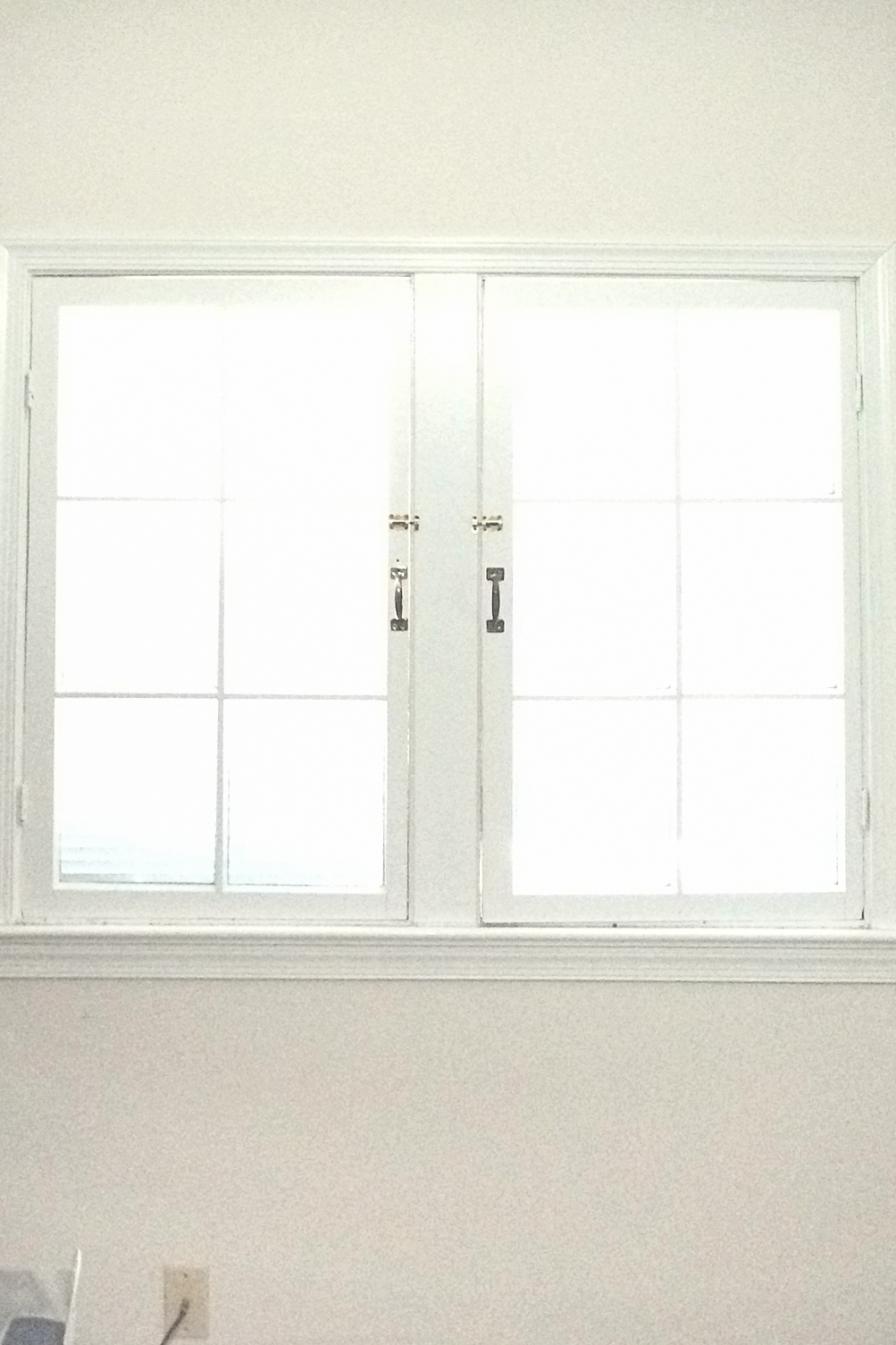
words: Beth Kephart
images: William Sulit
ART: honoring the life
Thirty years had passed before Natasha Trethewey allowed herself to return to the scene of her mother’s murder—a death enacted by an angry ex-husband, two bullets, and a gun.
She’d received the news of her mother’s death when she was a nineteen-year-old college student, the Pulitzer Prize winning poet writes in her memoir, Memorial Drive: A Daughter’s Memoir (Ecco, July 2020). She’d traveled, stunned, to her mother’s home. She’d walked past chalk lines and blood stains and emptied that apartment of nearly all it had contained—her mother’s furniture, her mother’s record collection, her mother’s clothes, her mother’s shoes. And then—just a handful of books in her hands, her mother’s belt, her mother’s favorite plant—Trethewey tried to go on with her life, forcing herself toward forgetting so that she might, so suddenly motherless, survive.
It’s when evidence from the long-ago murder comes to light that Trethewey begins to reckon with the questions that have long serpentined through the darkened chambers of her heart. What had Trethewey suspected about the stepfather who had cast a threatening, violent shadow over much of her childhood and adolescence? What had her finally emancipated mother allowed herself to hope for once the divorce was filed? What had Trethewey kept hidden from herself? What scream had she not screamed? What tears had she not cried?
Remembering is never continuous. All memoirs finally work by way of assemblage. In Memorial Drive, Trethewey relies on photographs and dreams, I and you narratives, transcripts of conversations and police reports, haunting video footage, a broken cassette tape, and encounters with a medium, among other things, to seam together the fractionated pieces of her past. There are lessons in what she finds—new perspectives, new wounds, new meanings embedded within familiar metaphors. There are also lessons in all that seems to be lost, and in the signpost significance (as she puts it) of the memories that are urged to the surface by research, patience, and courage.
Still, it’s a scattering process, this writing about a mother lost too soon and under the most horrific circumstances. Trethewey writes her memories, she says, on scraps of paper. She loses the scraps. She records audio notes, but her voice does not sound like it belongs to her. Try as she does, try as we must, it’s hard to find the narrative.
Recorded “facts” live inside documents. Lived moments change each time they are recalled, or tested, or written down, or placed beside this transcript, beside that photograph, beside this dream. The facts are the facts, in other words, but the meanings are mutable, a point Trethewey makes by way of example in her graceful memoir but also speaks to explicitly in the text. Memorial Drive, then, is a heartbreaking personal story that offers instructions on the art of assemblage. It is a book that teaches us what we must endlessly learn, as people and as writers: that we are, we’ll always be, the remembered and the lost, the guilt and the sorrow, the prosaic and the profound, the things we think we know and the things we’ll never know. We are, we’ll always be, negotiating our own stories—running away from ourselves, and then returning.
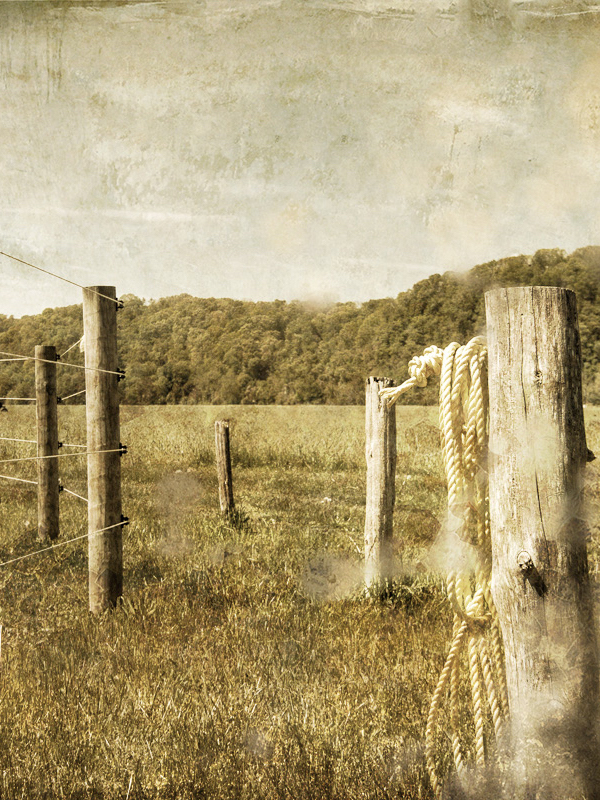
CRAFT: try this on for size
A few days ago, in our new room on the University of Pennsylvania campus, my fifteen students and I studied the essay “Documents,” the Charles D’Ambrosio piece that can be found in his collection, Loitering. It’s a short piece, a powerful one, that presents, in passages separated by white space, a father’s poem, a schizophrenic brother’s letter, fragments from a brother’s suicide letter, and a correspondence (mostly alluded to, only sometimes quoted) between the author and his father.
As a class, we looked at how the juxtapositions and the white space work, at the powerful interplay of certainty and uncertainty, at which documents D’Ambrosio quotes at length from and which he mostly paraphrases and why, and at the powerful final image that you can find right here, in The New Yorker, which published the piece in June 2002.
Some of my students wondered if D’Ambrosio had written personal distance into his essay, if, by relying so heavily on the documents themselves to create his narrative, he was once-removing himself from the story’s impact. I suggested that the deep emotion of the essay lives inside passages like this one below, found under the heading Letter from eldest brother (2001). Here, I suggested, is where the crushing emotion lives. Here, in the author’s desperate and gorgeously enacted attempts at survival, in the relief he finds in remaining upright:
Two years ago, I moved to Philipsburg, Montana. In the fall, I went for walks and brought home bones. The best bones weren’t on trails—deer and moose don’t die conveniently—and soon I was wandering so far into the woods that I needed a map and compass to find my way home. When winter came and snow blew into the mountains, burying the bones, I continued to spend my days and often my nights in the woods. I vaguely understood that I was doing this because I could no longer think; I found relief in walking up hills. When the night temperatures dropped below zero, I felt visited by necessity, a baseline purpose, and I walked for miles, my only objective to remain upright, keep moving, preserve warmth. When I was lost, I told myself stories, recounting my survival, implying that I would live and be able to look back at it all. At some point, I realized that I was telling my father these stories.
I’d asked my students to bring to class documents that somehow tell the story of their lives. I left that term, documents, as open as I could—photographs, I said, cards, passports, licenses, texts, anything actual, tangible, physical. I put the students into pairs so that they might interview each other about the artifacts now in their hands. What are they, in fact? What might they mean? What is the story that arises from them or somehow can be found in the gaps between them, in the memoiristic steam?
That story? It’s the essay my students are working on this week.
I extend the prompt to you.
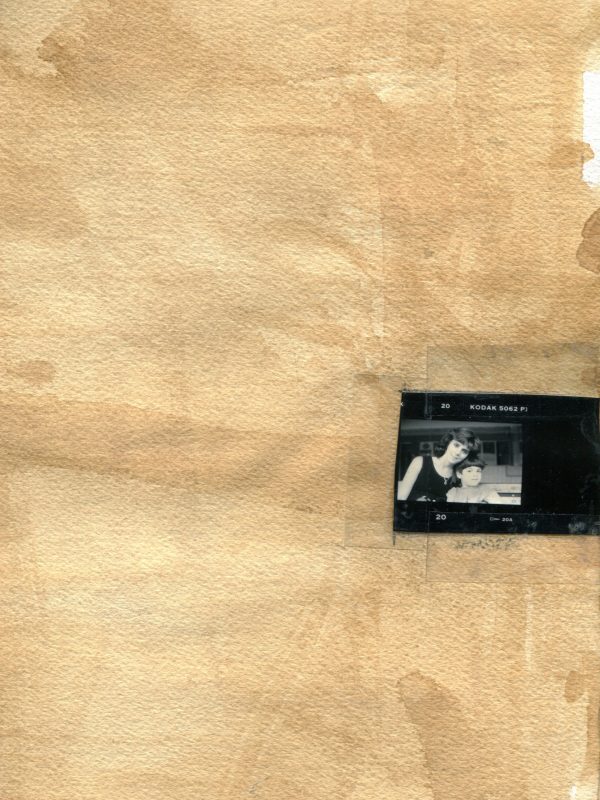
words: Beth Kephart
images: William Sulit
ART: honoring the life
When Annie Ernaux, the beloved French writer of autobiographical novels, set out to write her memoir, she had structural ideas, formal longings, possibilities to consider: “She would like to assemble these multiple images of herself, separate and discordant, thread them together with the story of her existence, starting with her birth during World War II up until the present day. Therefore, an existence that is singular but also merged with the movements of the generation,” she explains, in Alison L. Strayer’s 2017 translation of the memoir she did finally write, continuing, a few lines down: “Her main concern is the choice between ‘I’ and ‘she.’ There is something too permanent about ‘I,’ something shrunken and stifling, whereas ‘she’ is too exterior and remote.”
Ernaux opts for the ‘she’ and, often, the ‘we.” Her memoir, The Years, first published in France in 2008, is sprung from the cumulative and accumulating self—the self inextricable from history, the self contextualized. It becomes, as Ernaux writes toward the end, “a slippery narrative composed in an unremitting continuous tense, absolute, devouring the present as it goes, all the way to the final image of a life.”
No chapter breaks, no subtitles, no first-person readerly asides. Just time passing, history being made, history imposing itself upon the life. The Years is composed of politics and consumerism, family conventions and conversations, sex and desire and more sex, none of which is expressly personalized, except by extraordinary implication. Found photographs bring Ernaux’s ‘she’ into focus. Headlines, protests, social pressures, brand names, modern conveniences, and new technologies are characters, are scenes.
An example from early in the book:
For now, our most stubborn desire was to possess a record player and a few LPs, expensive objects we could enjoy alone, endlessly, ad nauseam, or with others, those considered the most progressive among all the tribes of youth, the affluent high school girls who wore duffel coats, called their parents” the oldsters,” and said ciao instead of goodbye.
An example from the closing pages:
We never stopped wanting to click on “save” and keep all the photos and films, viewable on the spot. Hundreds of images were scattered to the four winds of friendship, a new social use of photos. They were transferred and filed in seldom-opened folders on the computer. What mattered most was the taking of the photos, existence captured and duplicated, recorded as if we were living it—cherry trees in bloom, a hotel room in Strasbourg, a baby minutes after birth, places, events, scenes, objects, the complete conservation of life. With digital technology, we drained reality dry.
Memoirists who abandon the ‘I’ in favor of a different pronoun contribute to, in my mind, a fabulous genre unto themselves. Abigail Thomas deploys multiple pronouns in Safekeeping. Mark Richard writes primarily in the second person in House of Prayer No. 2. Brian Turner takes us on a carousel ride of form (fiction/truth, remembered/imagined) and pronouns in My Life as a Foreign Country.
In her memoir about the domestic abuse she suffered at the hands of her lesbian partner, In the Dream House, Carmen Maria Machado writes primarily as a ‘you,’ except when she is writing as an academic ‘I.’ Things happen to the ‘you,’ in other words. Things are contextualized (though this division is not absolute) by the ‘I.’ The prose is delivered in fragments or parcels, in recognition and exploration of literary types, with chapter titles such as “Dream House as Lesbian Cult Classic,” “Dream House as Menagerie,” “Dream House as Creature Feature,” and “Dream House as Choose Your Own Adventure®.” The spare archives on domestic abuse among same-sex couples are consulted; this new archive is offered; a hope is, in the acknowledgments, offered: “One day—when [‘a comprehensive account of contemporary research about same-sex domestic abuse or its history’] is written, if it is written—I hope this very rough, working attempt at a canon will be useful as a resource, in addition to honoring the work that has gone before.”
Whereas Ernaux’s ‘we’ and ‘she’ hold the reader at a slight if compelling distance, Machado’s ‘you’ magnetizes her story, making the suffocation of living with an abuser as immediate as the horror-laced fiction that lives within Machado’s award-winning story collection, Her Body and Other Parties. This, for example, is the whole of “Dream House as a Lesson in the Subjunctive”:
Yes, there are spiders in the basement, and yes, the floors are so uneven you can feel them pushing your right leg up against your torso if you run too quickly from room to room, and yes she’s never unpacked and is using tall cardboard boxes filled with bric-a-brac furniture, and yes the couch is so old you can feel the springs in your back, and yes she wants to grow pot in the basement, and yes every room has bad memories, but sure, the two of you could raise children here.
Like Ernaux, Machado writes freely and often of sex, wonders where and how her story might end, chooses and modifies her pronouns to ratchet her story past the confines of her individual circumstance. Ernaux’s one life stands in for many lives. Machado’s domestic abuse stands in for those stories of domestic abuse that have yet gone untold. Neither memoir is solely of and about the writer herself, and so both books pack a kind of reverb, a history, a warning that is bigger than the singular self.
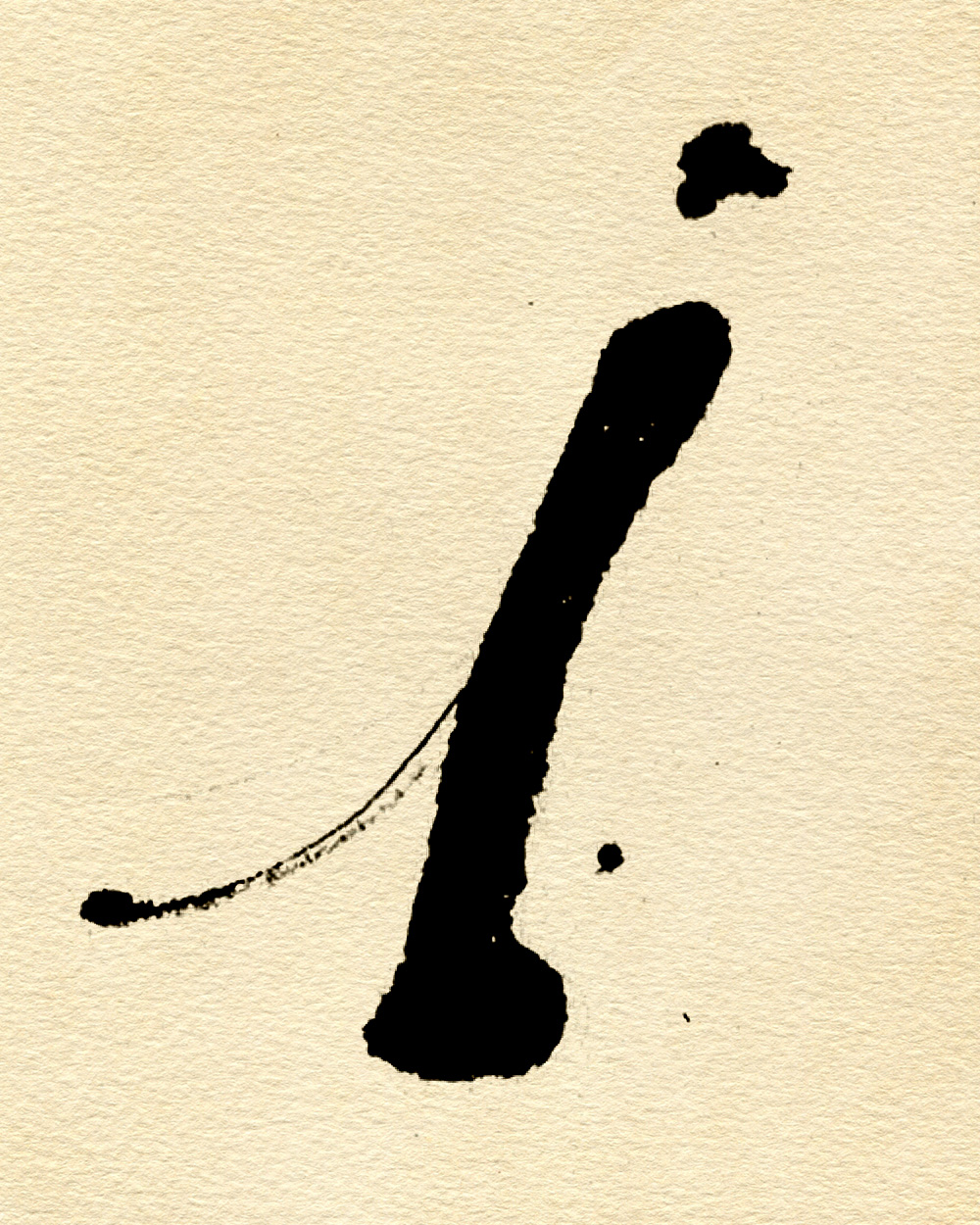
CRAFT: try this on for size
In memoir, context matters. The socio-economics of the era. The political and global gestalt. The family structure, the neighborhood gossip, the technologies, the music, the art, the brands, the weather of the hour. What happened to you happened to you. But it happened within a web of circumstances, influences, pressures. Your personal history is all bound up with forces that are bigger than you are.
Choose a scene from your memoir—or essay-in-progress. Consult old encyclopedias, archived history, family scrapbooks, newspaper headlines, contemporaneous advertisements, dusty CDs—whatever it takes to find out more than you thought you knew about the scene in question.
Now see what happens to your understanding of yourself—and to the scene itself—as you make room for the world at large in the story you are writing.
Does your language change?
Do your conclusions?
Does your point of view?
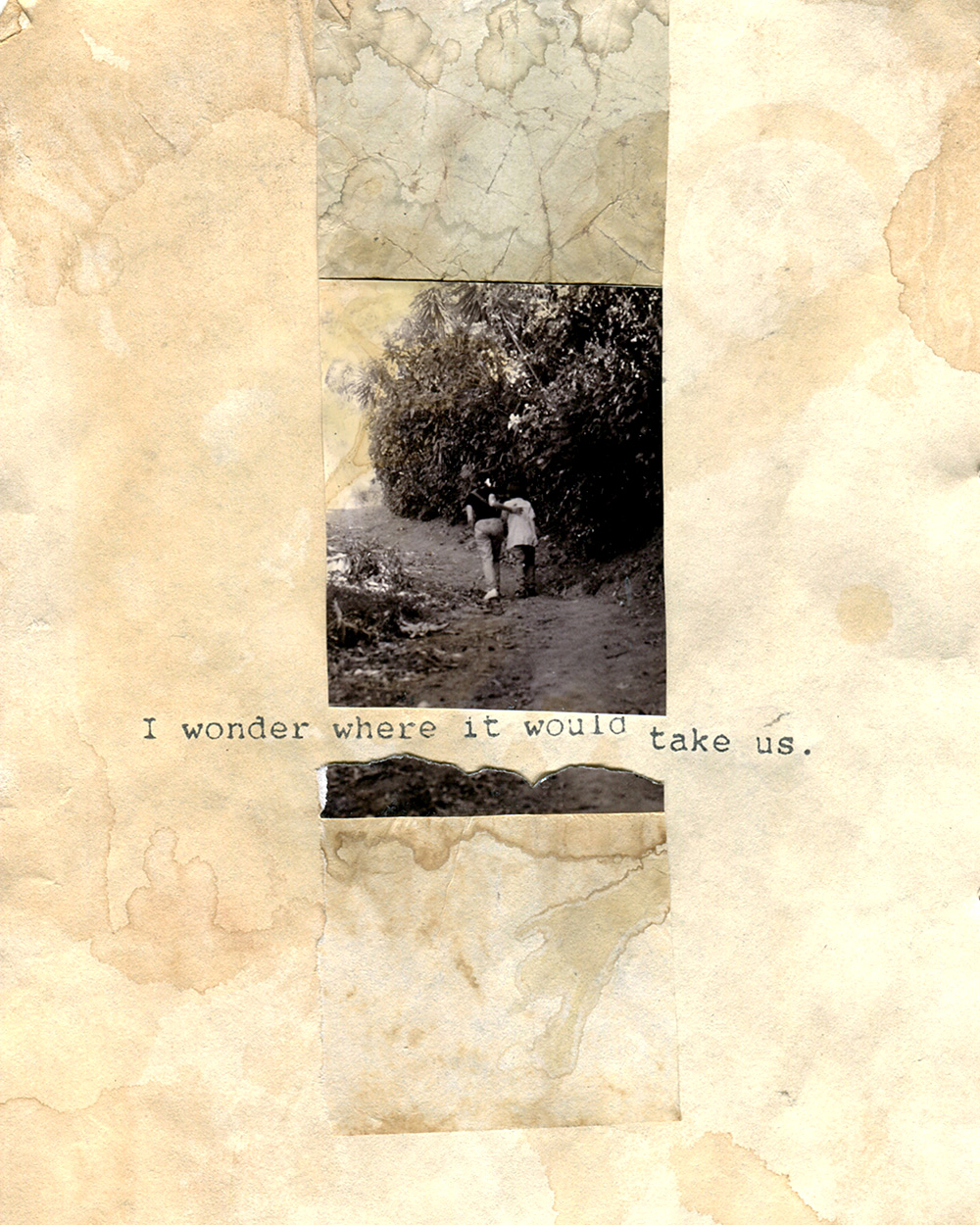
words: Beth Kephart
images: William Sulit or as noted
ART: honoring the life
It was the ice cream. Those mini cones that live in the Acme freezer cases that you bring home and retrieve—9 PM, say—as an end-of-day treat because it occurs to you that you deserve it. Or because it tastes good. Or because what harm can 280 calories do, especially if you cycled your stationary cycle with considerable speed in anticipation of the cool, the smooth, the sweet?
It took me close to a year to recognize that my headaches, my general sluggishness, my weight gain, and my overall lack of alacrity might just have something to do with that end-of-day sugar rush and that maybe, just maybe, I should go cold turkey.
If cold turkey means thinking about something for a month, then finally doing it, I went cold turkey.
I am feeling better now, more capable of wonder, slightly sharper, better equipped to take on the world and its news, then to step away from the news to see the world again. I am not young and will not be getting any younger. I want as much life as I can get.
Maybe it’s this insatiable desire of mine—more seeing, more living, more language—that has bound me, through all these years, to memoir. Maybe it’s because memoir is a puzzle I keep puzzling out—my old rules fraying at the seams, my new books doing battle with my old, my shelves bowing to the heft of my various explorations by way of deeply idiosyncratic reading into life and form. I don’t know how many memoirs I read in 2019, but some weeks, in search of this or that for a student, I bought and read three or four. I don’t know how many voices are now floating in my head, how many stories I may be confusing with my own, how many lessons I still want to learn so that I might teach them. I don’t know, and I’m not getting any younger, and so I will not stop to count.
But I do want to end the year by expressing thanks to all those memoir writers who engaged in conversation with me throughout 2019—Dani Shapiro, Carolyn Forché, and Nicole Chung on live stages; Margaret Renkl in the pages of Rumpus; Judy Goldman, Tawni Waters, Lorene Carey, and Jackie Shannon Hollis here, at Juncture; Jason Poole, Kristina Moriconi, and Mei Ling Downey by way of their work in our journal, Journey: A Traveler’s Notes; and those beloved writers who went on journeys of their own as they joined us either in Frenchtown, NJ, or in Wayne, PA, (and sometimes both!) for a Juncture memoir workshop.
The holidays rush at us, rush through us. Here, for me, it is the day after the day after I most relish. Leftovers in the refrigerator, gifts found and given, everyone off doing their own quiet thing, and so I can be quiet, too. I plan, in those quiet hours, to re-read Ross Gay’s The Book of Delights, because the book itself was a gift and because there cannot be too much delight. I’m going to read again Marc Hamer’s How to Catch a Mole, because I am still stunned by its quietude and glory-strangeness. There’s an essay inside Kathleen Jamie’s Surfacing that keeps tugging at me; I want to go back and deconstruct it. Reginald Dwayne Betts’ Felon has been waiting for me for a while; it is time. Essays One by Lydia Davis, green and chunky, demands my attention. Samin Nosrat’s Salt Fat Acid Heat is more memoir than cookbook (which I love), and I’ll keep reading. And then there’s Braiding Sweetgrass by Robin Wall Kimmerer, bought after three separate people following three separate talks I gave came up and asked me if I’d read it.
Whatever might be on your shelf or on your wish list, what I wish for you is the time to read. It’s good to talk with ourselves. It’s good to raise a glass with friends and family. And then it is good, it is very very good, to find a chair, a blanket, a book, a lamp, and go far away and near.
Happy holidays from Juncture.

words: Beth Kephart
images: William Sulit or as noted
ART: honoring the life
Here’s a strange conceit: My books speak to one another, there, on the shelves, where they live.
Patti Smith and Karl Ove Knausgaard are polishing boots and hanging up their hats to chat. Mary Oliver and Gerald Stern are debating the elemental. Ross Gay’s The Book of Delights (thank you, friend, for the gift) is lifting Maggie Nelson out of her Bluets.
Lately I’ve been imagining a conversation between Elisabeth Tova Bailey and Marc Hamer, authors of The Sound of a Wild Snail Eating and How to Catch a Mole and Find Yourself in Nature, respectively. They’re whispering, of course. They’re abundantly aware of the sound of the spider bungee-jumping from its web, the chatter of the birds beyond the glass, the settling in of old floorboards. They’re neither racing ahead of time nor over-dwelling on the past. It’s the present moment they are distilling, the parenthetical now they choose to share.
Ill and bedbound, Tova, in her book, lives the hour as the minutes tock—and no faster. She devotes herself to seeing, to parsing the rise and fall inside a terrarium, to naming shades of green:
While the snail slept, I explored the terrarium from my bed, letting my eyes wander through the miniature hills and dales of its fresh green landscape. The variety of mosses was so satisfying, from a deep, loose softness to dense mounds with fuzzy and velvety textures. Their hues ranged from bright grass greens to deep dark greens and from sharp lemon greens to light blue greens.
In Mole, Hamer directs our attention to sleep slept beneath stars, fallen leaves molting into soil, the shards of pottery beneath the surface of loose earth. The book reflects on Hamer’s life as a former molecatcher in Wales, tracing back, occasionally, without hurry, to years spent homeless as a teen. Mostly the pages purify time—honor and declare it—which is not, I think, the same as stopping or freezing time, a distinction I’m finally discerning.
There’s no rushing through this gorgeous, sometimes unnerving book. The tempo of the prose ushers the reader into Hamer’s terrain. He teaches us how to see, and how to wait for words:
Often I do not disturb myself with language and I just look and enjoy. At other times words come silently creeping in on insect legs. Some start to build a nest, develop a theme—a twig here, a bud there—so I let them. I like to write bits, tiny bits of stuff that fly by like leaves, insubstantial, scattering, and could be gone if I didn’t grab them out of the air. Bits of ordinary stuff that I see and that I can hold in my head in their entirety.
Hamer questions truth in his book. He questions memory. He carries his readers distances, encases them within his solitude, shelters them beneath a tree:
As I walk around the field I can’t help noticing the odd place, under a massive rhododendron for instance, that might make a safe and sheltered bed for the night—a habit of looking that I have never broken. I notice potential overnight stops as a matter of course, wherever I am. To be able to rest is perhaps the most important physical and mental survival skill that I have. Tiredness is lethal. The most restful place I know is under a tree—any tree other than a holly—on a warm spring evening, watching the webs drift across the branches and waiting for the blackbird to sing me to sleep as the stars begin to show through the darkness.
Tova and Hamer are writers I don’t wish to disturb. I tiptoe in, I sit with them, I don’t assert myself, I don’t make claims. I will watch a snail from my bed with them. I will watch the stars creep in. I will stop wanting to make something with language because language, when we wait, when we are very still, will finally make something of us.

CRAFT: try this on for size
Patti Smith moves through her books—across hotel rooms, into dark cafes, beneath the desert night, toward the company of friends, phantoms, strangers. She dreams on her feet. She writes in her sleep. There is coffee, occasional bad vodka. Throughout it all, she only carries what she needs. It isn’t much. She names those things in Year of the Monkey, her latest meander-of-the-imagination memoir: “I spread my few possessions on the bed: my camera with crushed bellows, identity card, notebook, pen, dead phone and some money.”
Those notebooks. Always those notebooks. Without them we would not have Smith’s books. Without them, we might have lost her mind.
In “A Tibetan Dog,” an essay found in Surfacing by the Scottish poet Kathleen Jamie, a dream wakes the author to a memory. The memory sets her off in search of an old notebook—for details, for provocations, for proof of her youth. In the attic, such stuff is found. Many notebooks. Many beginnings. Many lost things, found, made tangible:
I rummaged down through the layers of my own life, as stored in the notebooks. Some were spiral-bound, good for opening flat on the knee. Some were small enough to slip into a back pocket, most were slim enough to bend.
My many notebooks and journals are right here on a shelf, but they are less complete than I wish they were, less riveting, rarely profound, never neat, and, in places, waterlogged. Still I am glad for what they do yield: A cluster of found words. Treatises on architecture. Dreams for a garden. Notes on books. Amusing (now, anyway) exhortations. My multiple, compounding failures, as research became a novel, a novel became a story, a story became a picture book, and yes, a picture book—that is all. There it is, in the notebook pages, proof of my folly, or is that process?
When Bill and I created Journey: A Traveler’s Notes, we hoped that, within the seedbed of Bill’s art and my own poetic fragments, other artists’ stories would grow. That an odd face, a strange adventure, a half dream, or a near echo would spark something specific, precious, true to those holding the journal in their hands. Something that would have value when it was rediscovered later, or something that would have value right this minute, now.
Lately we’ve been hearing from some of those fellow travelers—who, through art, stories, and one fantastic essay, have described to us the Journal journeys they’ve been on. We’ve been grateful for the news from their imaginations. Heartened by the unexpected blooms. We’ve been so inspired that we’re sharing some of that with you, with the hope that it will send you off on your own journeys—with color, lines, and words.
Try this on for size, then: Go searching for your old journals and find out who you once were. Open the pages of a brand-new journal (we hope you’ll consider Journey) and discover who you are right now, who you’ll leave behind for a future self. Now set the old you and the new you together in one place. Write a page or two that bridges you to you.
Kristina Moriconi starts us off with her beautiful words, and, then, her immaculate pages. Jason Poole follows, with a fantastic story within a folded story (just read it through). And, finally, the beautiful art of the up-and-coming Mei Ling Downey, who brought her colors to our black and white pages with vivid Mei-ness.
Journeying, with Kristina Moriconi
I keep it in the pocket of my laptop bag, alongside my marbled composition book. And, always, a pen. The essentials. My tools. I travel everywhere with them.
Journey—A Traveler’s Notes—, there to inspire, to prompt, to coax words at times when they seem more reluctant to come.
Sometimes, it is the drawing, in its whimsy or riddle, its mystery or revelation, taking me to an imagined place. Or summoning a long-forgotten memory.
Sometimes, it is the lyrical language, like music, lifting me, carrying me from one rumination to another, my own thoughts and words fragmented yet beginning to find meaning beside one another on the page. Or letting me rest (caesura) on a single image, stay there until the pulse of a poem or an essay begins to beat.
The marbled composition book is where I go when a poem or an essay or a project is solid, refined—forming, taking shape.
The pages of Journey are my refuge when I sit down to write and I need to spark the generative process, when I begin collecting the ideas, the imagery, the language that will later become those more refined pieces.
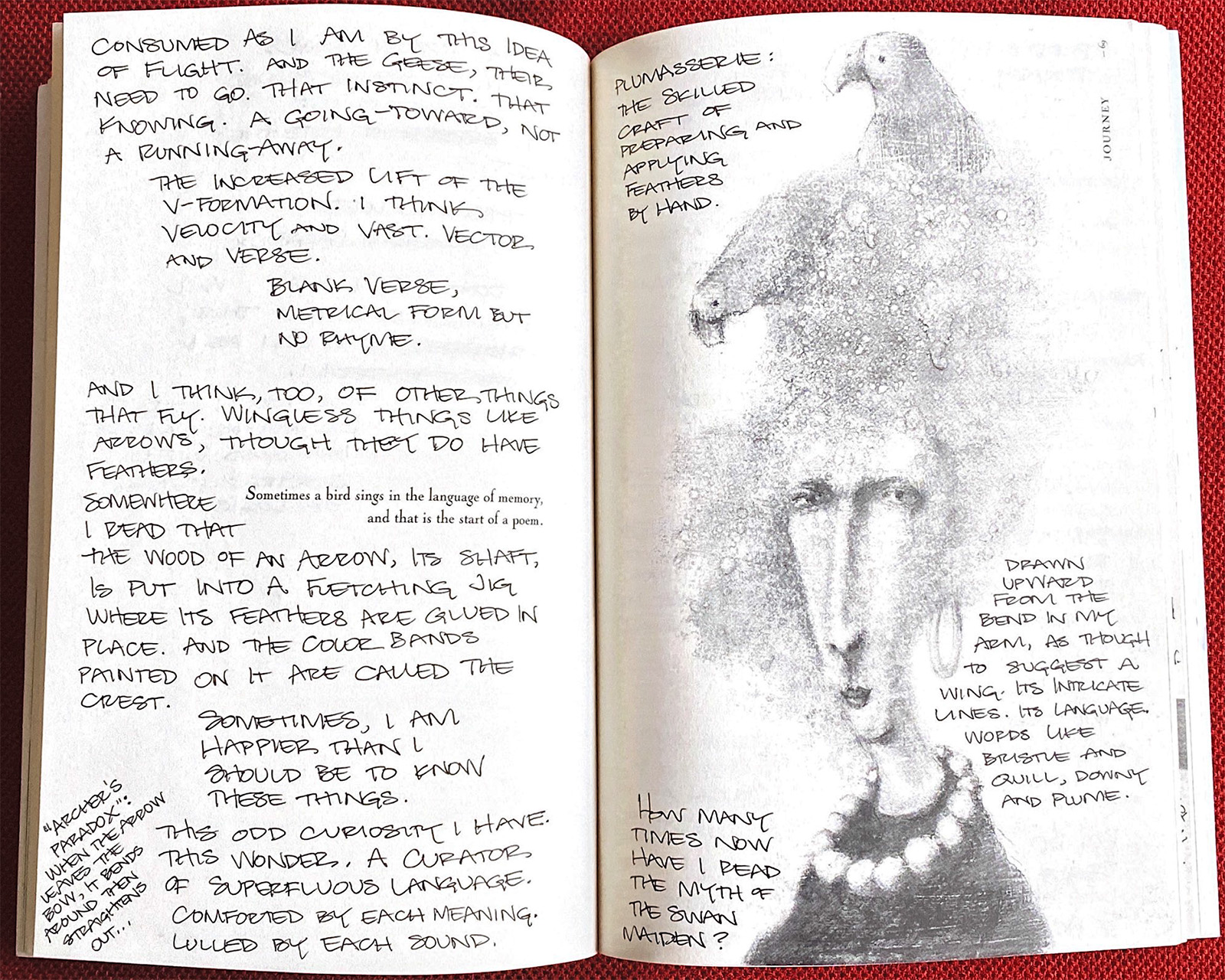

Kristina Moriconi

Jason Poole


Mei Ling Downey
words: Beth Kephart
images: William Sulit
ART: honoring the life
My brother remembers everything. He’s the genius in the family. He’ll ask me, say, what I remember about a family vacation by the beach some fifty years ago, and I’ll stop and ponder and proudly declare that we stayed in a bungalow, and that the bungalow was red, and that the red bungalow had a white pebble lawn, and also—check out my totally wow memory here—on the day we were set to leave our rented red bungalow behind we scrambled for a lost something in the couch pillows—maybe pieces from a Monopoly game.
My brother doesn’t skip a beat. He blinks once. He says, “Actually, it wasn’t Monopoly pieces. It was Bingo chips.”
He gets me every.single.time.
“Wild Game does not pretend to tell the whole story—” Adrienne Brodeur reports in the Author’s Note of her new memoir, continuing: “years have been compressed into sentences, friends and lovers edited out, details scrubbed. Time has scattered particulars. What follows in these pages are recollections, interpretations, and renderings of moments that shaped my life, all subject to perspective, persuasion, and longing. I am aware that others may recall things different and have their own versions of events. I’ve tried to be careful in telling a story that is not mine alone to tell.”
It’s the sort of prefatory commentary we find in countless memoirs now, the fessing up to the customized lens of the tale. Of course, there are many ways, besides an opening confession, to shorten the distance between what we think we know and what others might remember. In Tyler Wetherall’s No Way Home: A Memoir of Life on the Run, for example, the author recounts a childhood with a fugitive father, a succession of disguising family names, and quick escapes from homes and people that will never be seen again. Wetherall, like the rest of us, is not in possession of absolute recall about those years of long ago. She, like Brodeur, shares an opening author’s note: “The scenes and dialogue in this book are reconstructed from my memories and the memories my family has shared with me….”
But Wetherall also demonstrates, within the story itself, just how she has enlisted the help of family in her quest to get her story right. Here she is with her sister, Cait. The author is flipping through old journals in search of facts. She stubs her toe on a detail:
I seldom wrote about the important things happening in our lives, like whether Dad was going to prison and what that would mean for us if he did. I couldn’t write those things then.
Cait hands back the journal. “I didn’t realize how much we knew,” she says.
“No, me neither. That’s the only entry I can find. I was looking for something about my birthday in Saint Lucia. I wanted to start with Dad in the cornfield from the car window—”
“It was a banana field,” Cait interrupts, matter-of-factly.
“Really?” I say as I scan the cornfield in my memories.
“I don’t think they grow corn in Saint Lucia.”
“Are you sure?”
She pauses, as if in thought, and then: “Yes, definitely bananas.”
It may seem like a small detail—corn versus bananas, both things we eat, both of them yellow. But it’s not. Corn versus bananas changes the view, the texture, the tone. The conversation with the sister—presented not as note but as part of the story—also signals this author’s process, measuring her memory against her sister’s memory, leaving the reader with the either and the or.
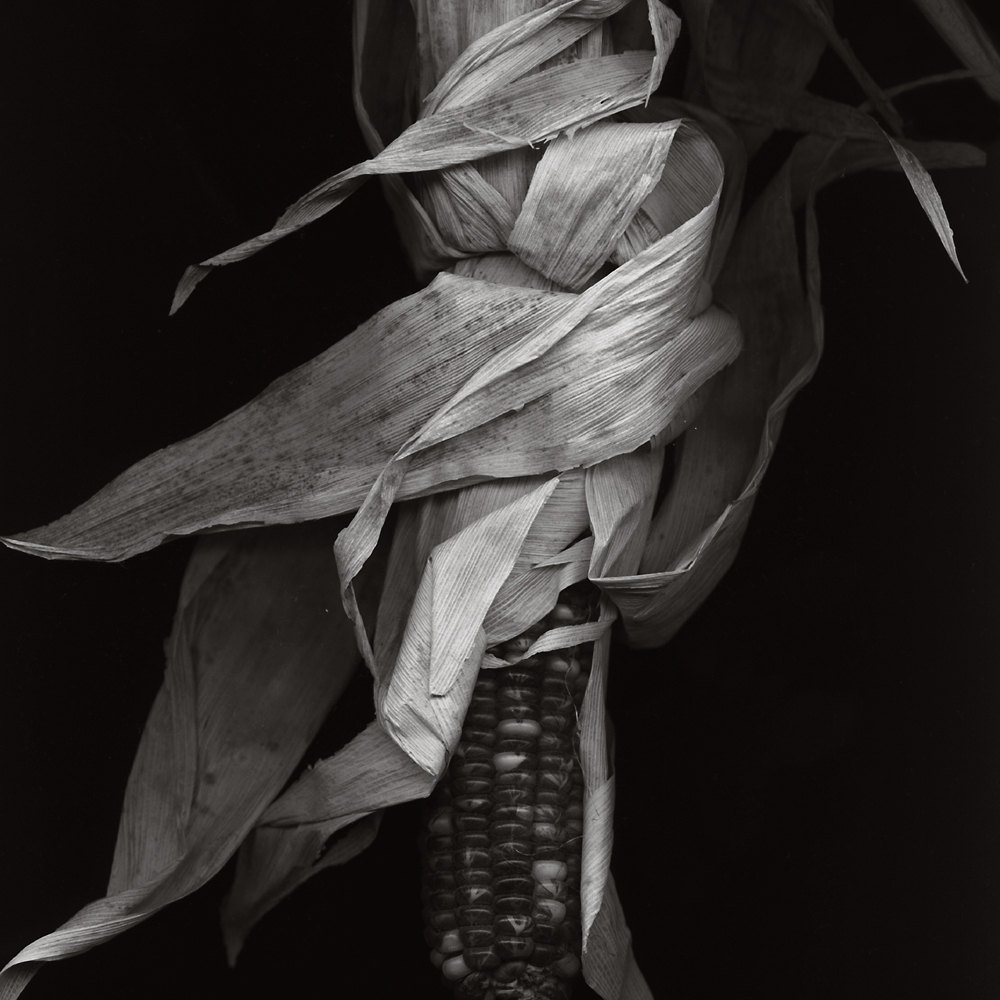
CRAFT: try this on for size
Sarah M. Broom begins The Yellow House—a memoir, as the flap copy puts it, “about the inexorable pull of home and family, set in a neglected New Orleans neighborhood”—with an aerial view of the piece of land where Broom’s memories live:
From high up, fifteen thousand feet above, where the aerial photographs are taken, 4121 Wilson Avenue, the address I know best, is a minuscule point, a scab of green. In satellite images shot from higher still, my former street dissolves into the toe of Louisiana’s boot. From this vantage point, our address, now mite size, would appear to sit in the Gulf of Mexico. Distance lends perspective, but it can also shade, misinterpret. From these great heights, my brother Carl would not be seen.
Broom is talking about topography, of course, but she’s also talking about memoiristic distance. The farther we get from the thing that we lived, the more distance, purportedly, we’ll have. But also, the farther away, the more we lose sight of the particulars that shape our perspective.
How do we strike the balance between the near and far, the specific and general, the personal and universal? With what color do we draw the lines? Broom is a family historian but also a social one. She’s obsessed with the yellow house, but she’s also, embracingly, obsessed with issues about home. It’s her deep, deep dive into particulars, ironically enough, that make this memoir bigger that Broom herself.
If you’re searching for a new way into your life story, try this: Read again the paragraph above (I highly recommend reading the whole book). Then give yourself a drone’s-eye-view exercise. Rise in your imagination to a sustainable height, and then look down upon a thing you’ve loved. What do you see? What do you learn? How might this be the start of your story?
